Fujifilm and the return to photographic Zen
Hi fellow Fuji X Passion readers. My name is Laurie Cohen, a Fujifilm X system user, street photographer and the founder of Barcelona Photography Tours & Israel Photography Tour. I have been using the Fujifilm X system since the launch of the X-Pro1 in March 2012. Consequently, I thought it would be fitting to celebrate my 10-year love affair with this marvellous camera system by sharing with you my personal experience in using Fujifilm cameras on my own photographic journey.
My career in the photography industry dates back 3 decades, and I have used a wide range of camera brands in various formats throughout the years before going digital with the Nikon system in 2005, starting with the Nikon D200, before upgrading to the D3s & D300s models. The cameras were primarily used in conjunction with wide-angle, mid-range and telephoto, pro-grade f2.8 zooms. While I was content with the image quality at the time, carrying so much weight on workshops abroad was far from being an enjoyable experience. With such large cameras and lenses, being inconspicuous while shooting street photography with DSLRs that were essentially variations of a large heavy brick was somewhat challenging.
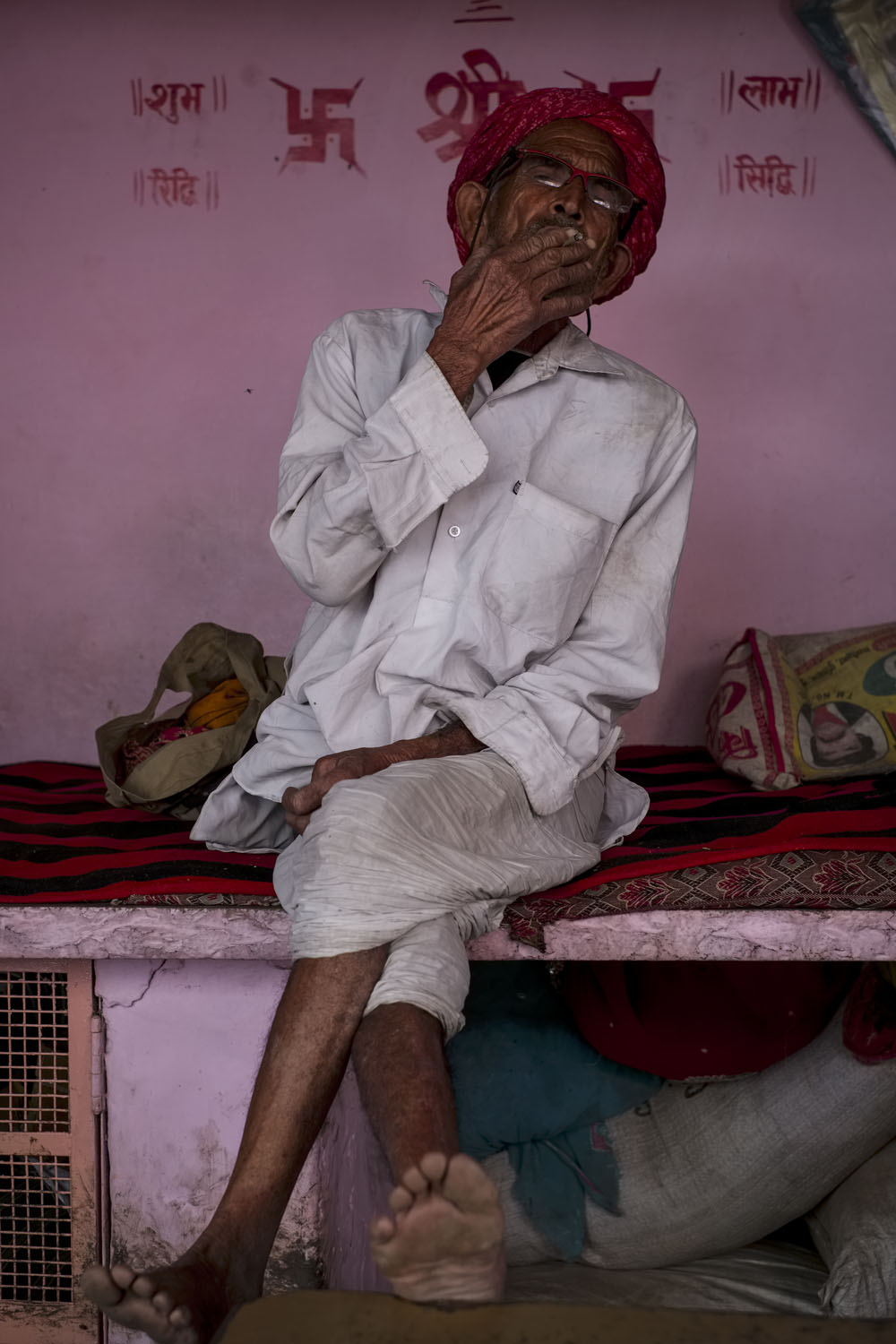
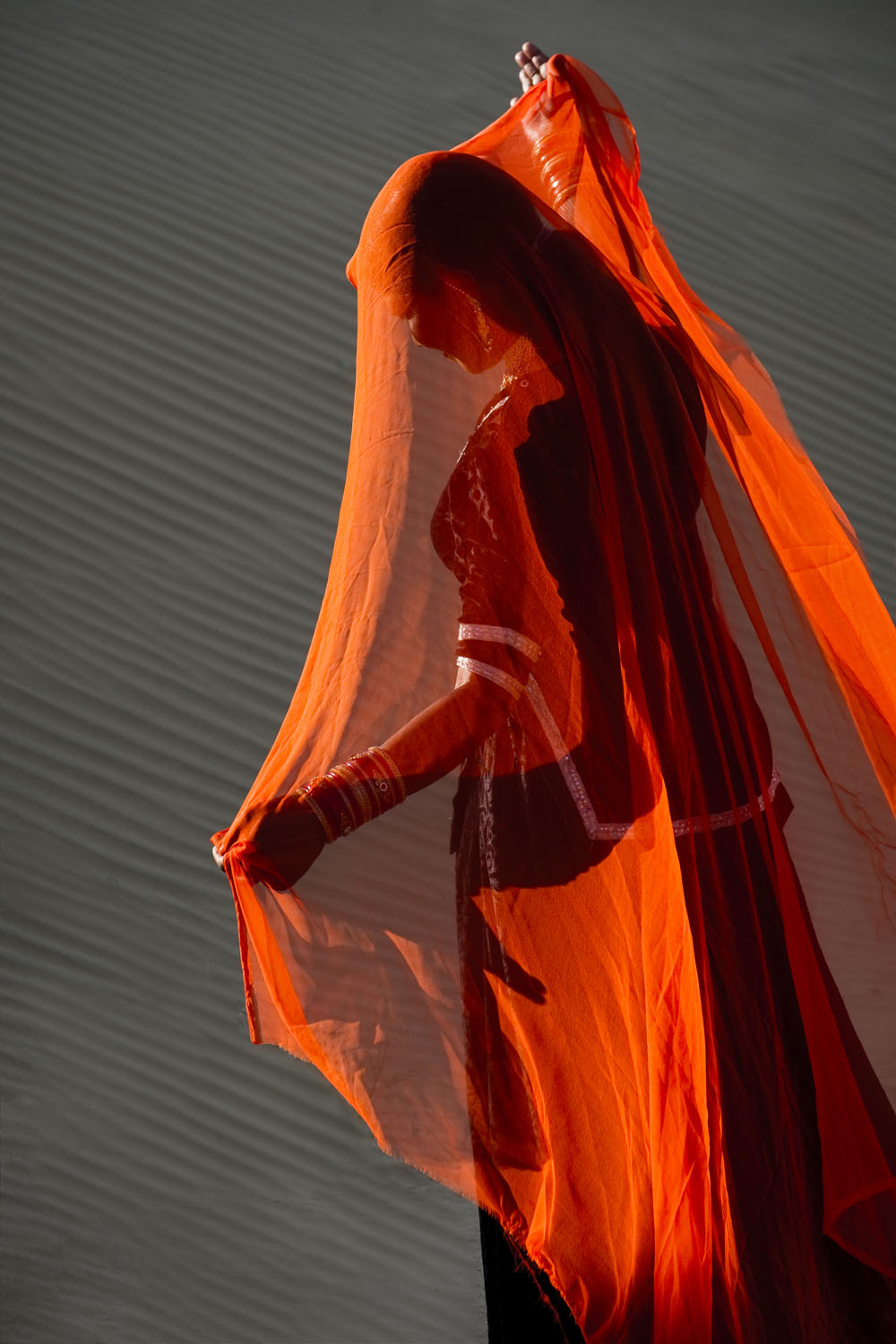
RIGHT: Fuji X-H1 . Fuji XF55-200mmF3.5-4.8 @104.90mm . f/5.6 . 1/420″ . ISO 200 – Thar desert, India
Depending on the culture of the location, this could mean the difference between getting the shot or not. At the time, there were no brand alternatives available that suited my needs. You were simply in the Nikon camp or the Canon one. Likewise, there were no digital camera systems available at the time that I felt a connection with other than the Epson R-D1 digital rangefinder. But this would mean only having the option of using manual-focus lenses with the Leica M mount, which I did not own. Neither did I want to adapt large modern lenses to it, which was essentially contrary to the reason for changing the camera system in the first place.
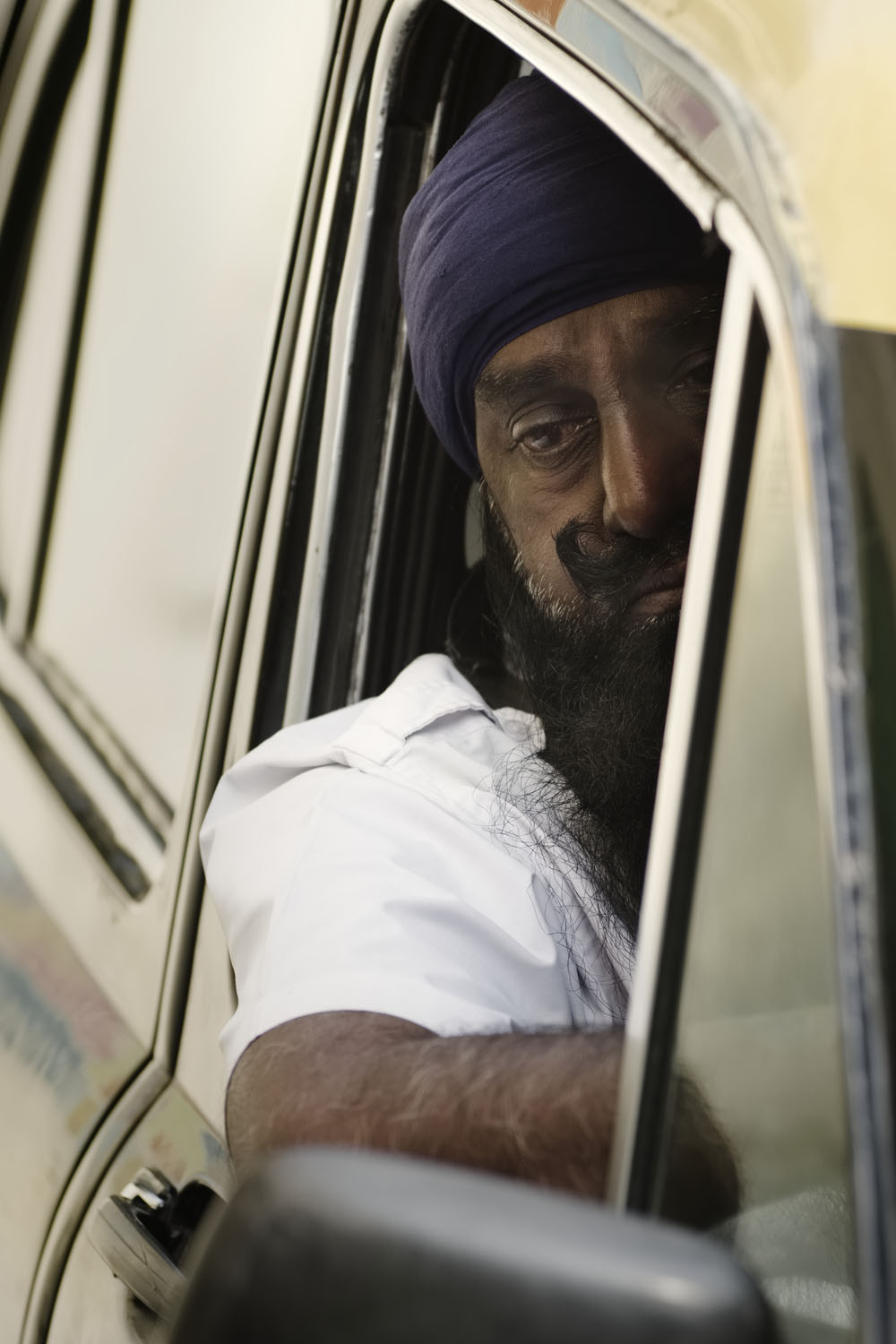
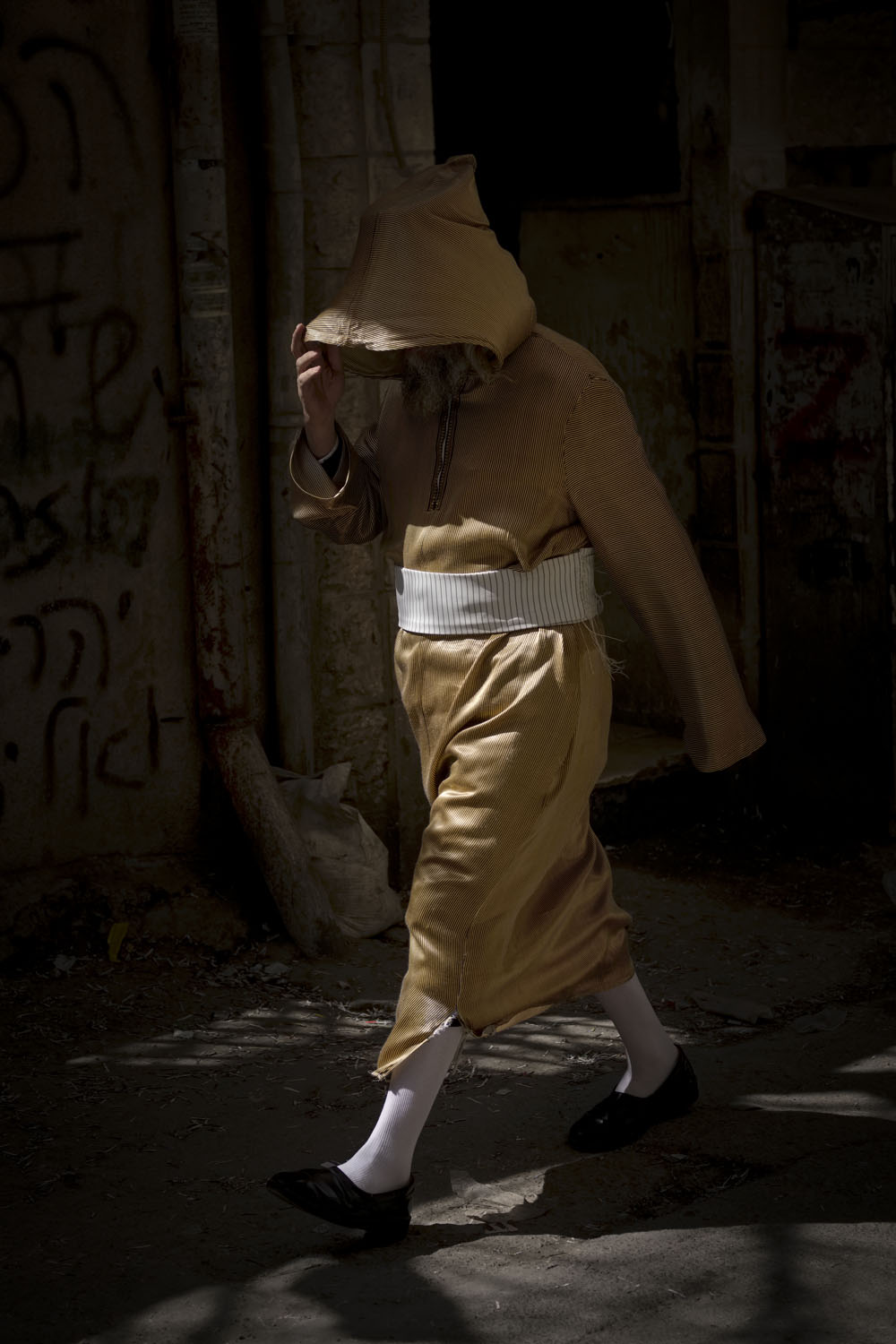
RIGHT: Fuji X-Pro2 . Fuji XF50mmF2 . f/3.2 . 1/3200″ . ISO 200 – Mea Shearim, Jerusalem, Israel
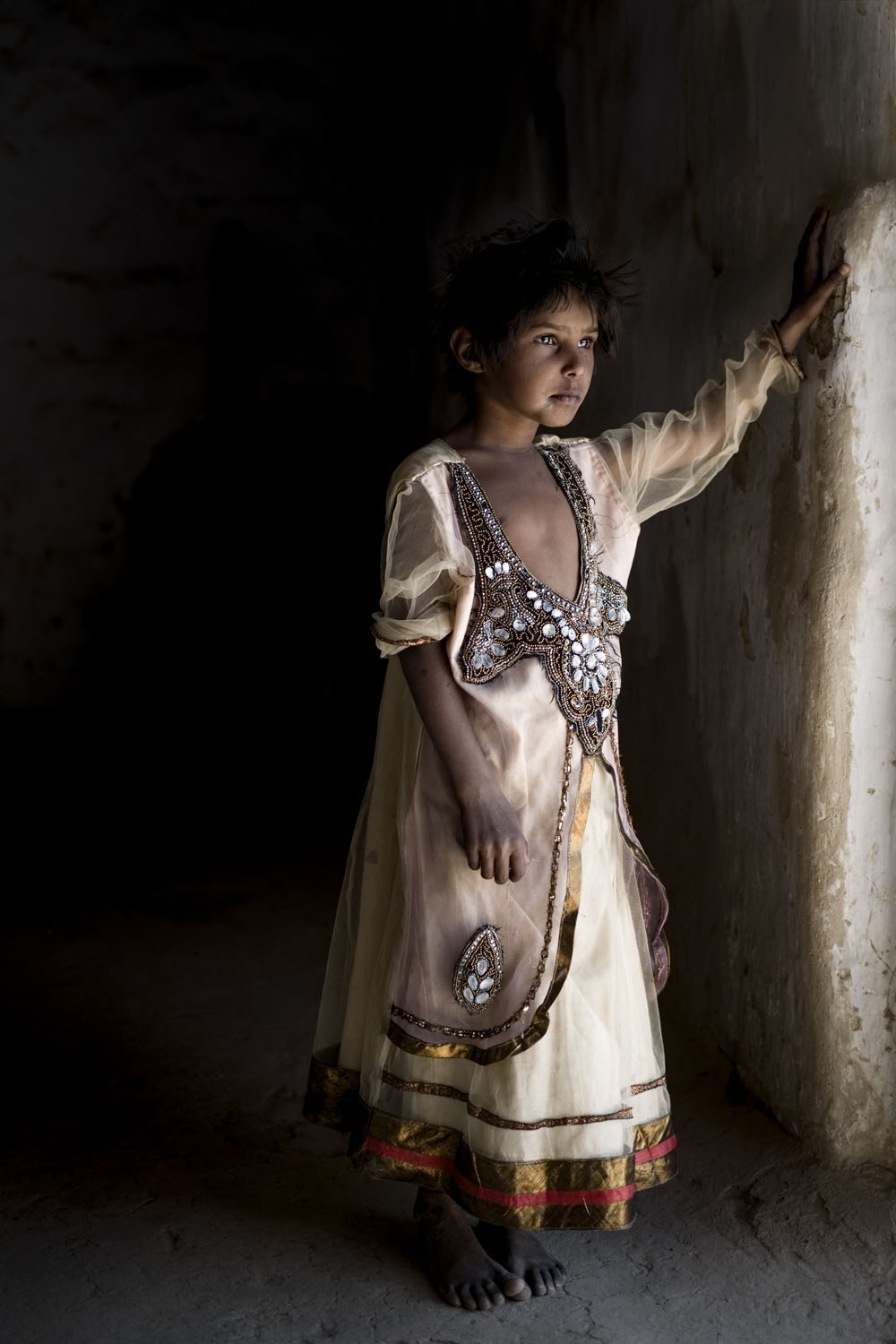
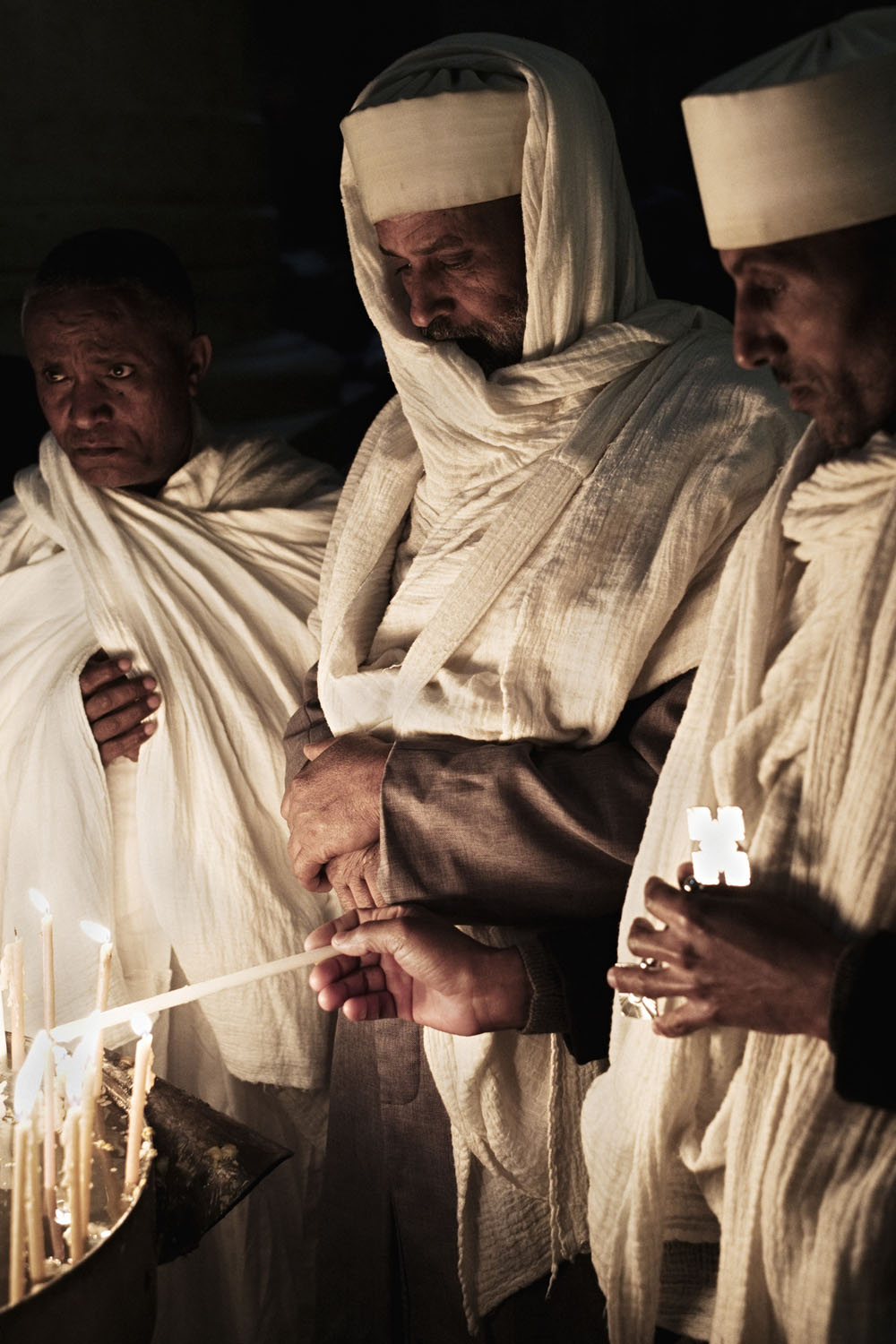
RIGHT: Fuji X-Pro2 . Fuji XF35mmF1.4 . f/2.8 . 1/90″ . ISO 2500 – Coptic Christian pilgrims, Holy Sepulchre, Jerusalem
By this time, I had become used to using autofocus lenses in my digital work due to degrading eyesight, so the Epson rangefinder was ruled out. In fact, the only cameras I have used in the past that I had a real connection with were the Contax G2, Nikon F3 and, in particular, the Contax RTS III. But these were all from the film era. As with many products from different sectors since the onset of the digital world, it seems that mass production with new models rolled out every 6 months has overtaken pride of ownership in favour of market competitiveness. I remember when cameras were once beautifully crafted machines that were a joy to behold – mechanical and reliable, lasting decades and often inherited by the owner’s children. As were the lenses from the film era – engineered jewels, created purely from metal and glass, with not a single plastic part in sight. By this point, it will probably be obvious to you that discreet, quality products built to last, with a touch of nostalgia, sum up the type of camera system I was hoping for. The only missing factor was it being in a digital format.
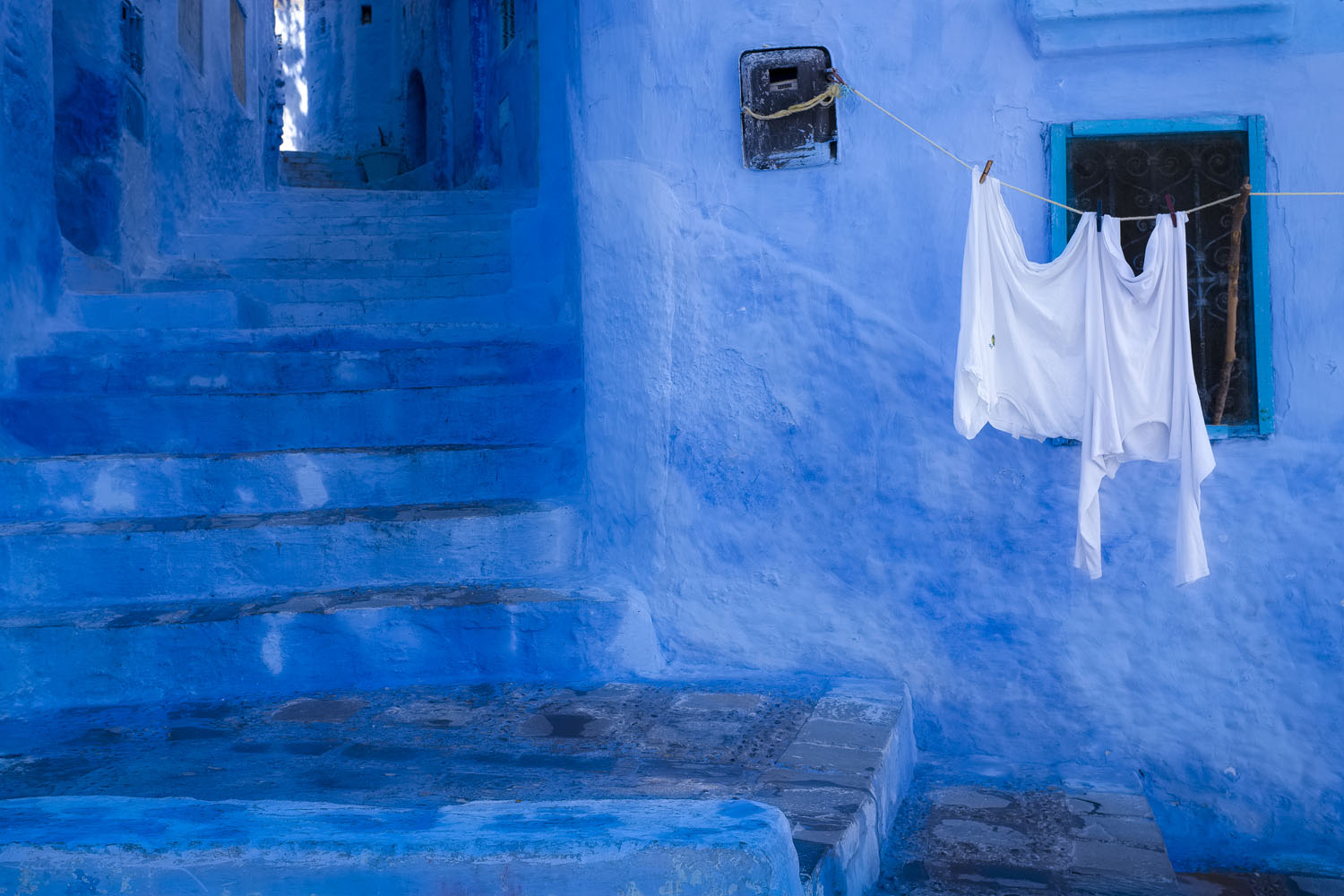
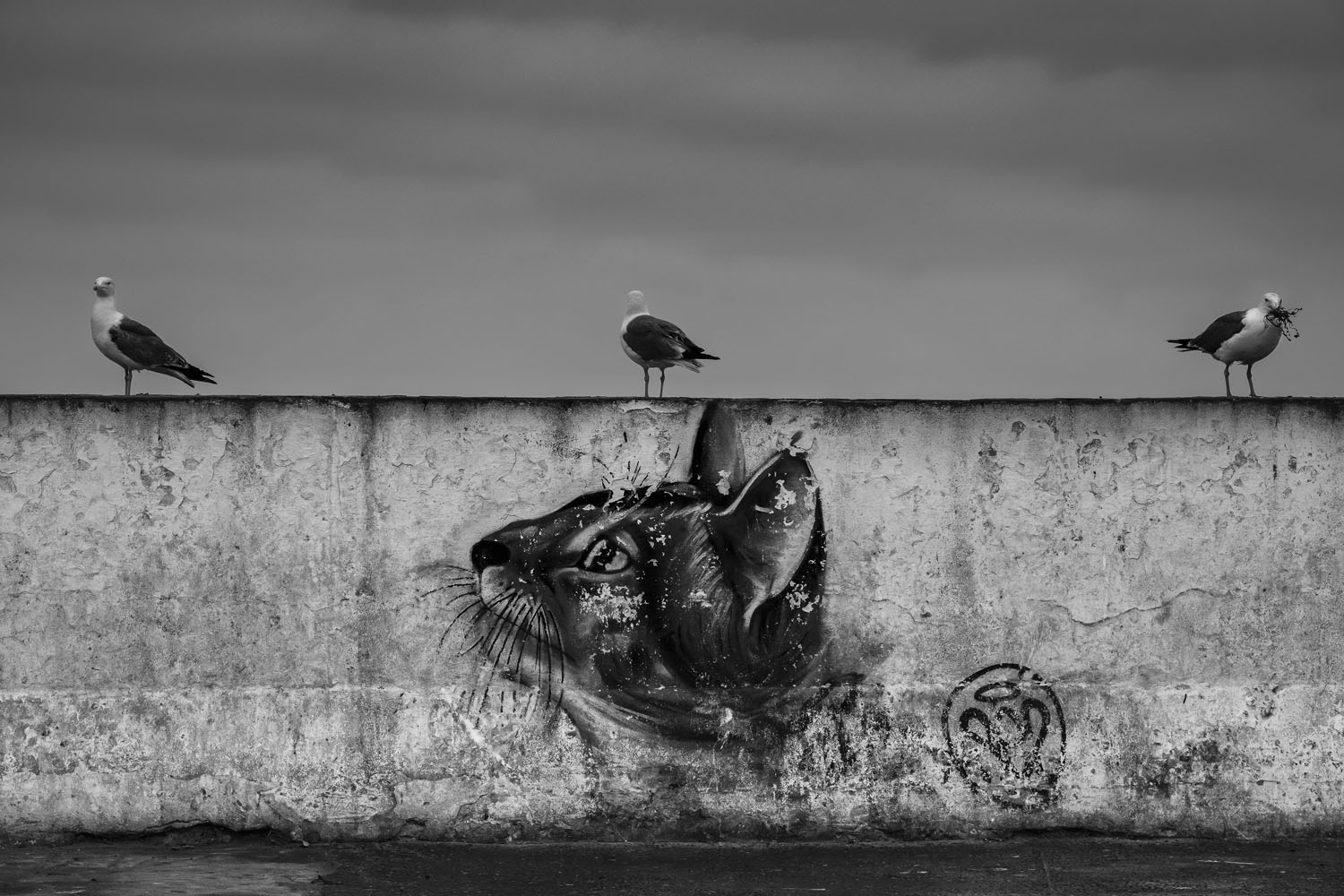
Roll on 2012, and my first introduction to the Fujifilm X cameras came by chance while giving a private photo tour in Barcelona. The client turned out to be Professor Michael Switzer, the acclaimed American film and television director responsible for some of my favourite TV series including M.A.S.H, Fame, NYPD Blue, Quantum Leap, Hill Street Blues and others. A highly talented and experienced photographer, Michael is thoroughly likeable and I consider him a dear friend. He was using a small, interchangeable mirrorless camera with 3 prime lenses that I had never seen before. Unsurprising, as it was a pre-production version of the Fujifilm X-Pro1, and had not been launched to the public yet. During our time together, I got to try this little black metal box and learn about its unique features. First impressions were very positive, and the camera grew on me the more I learned about it.
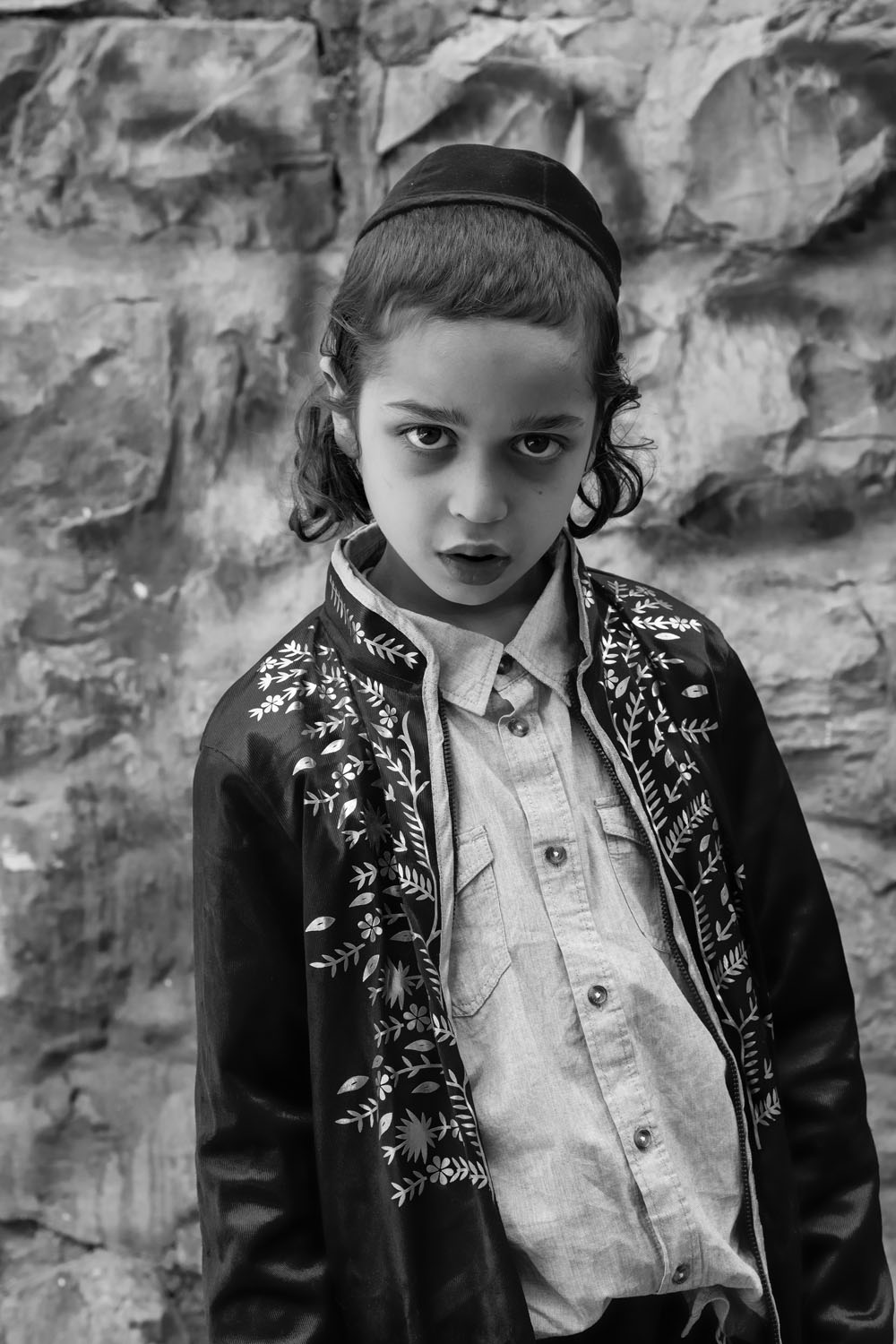
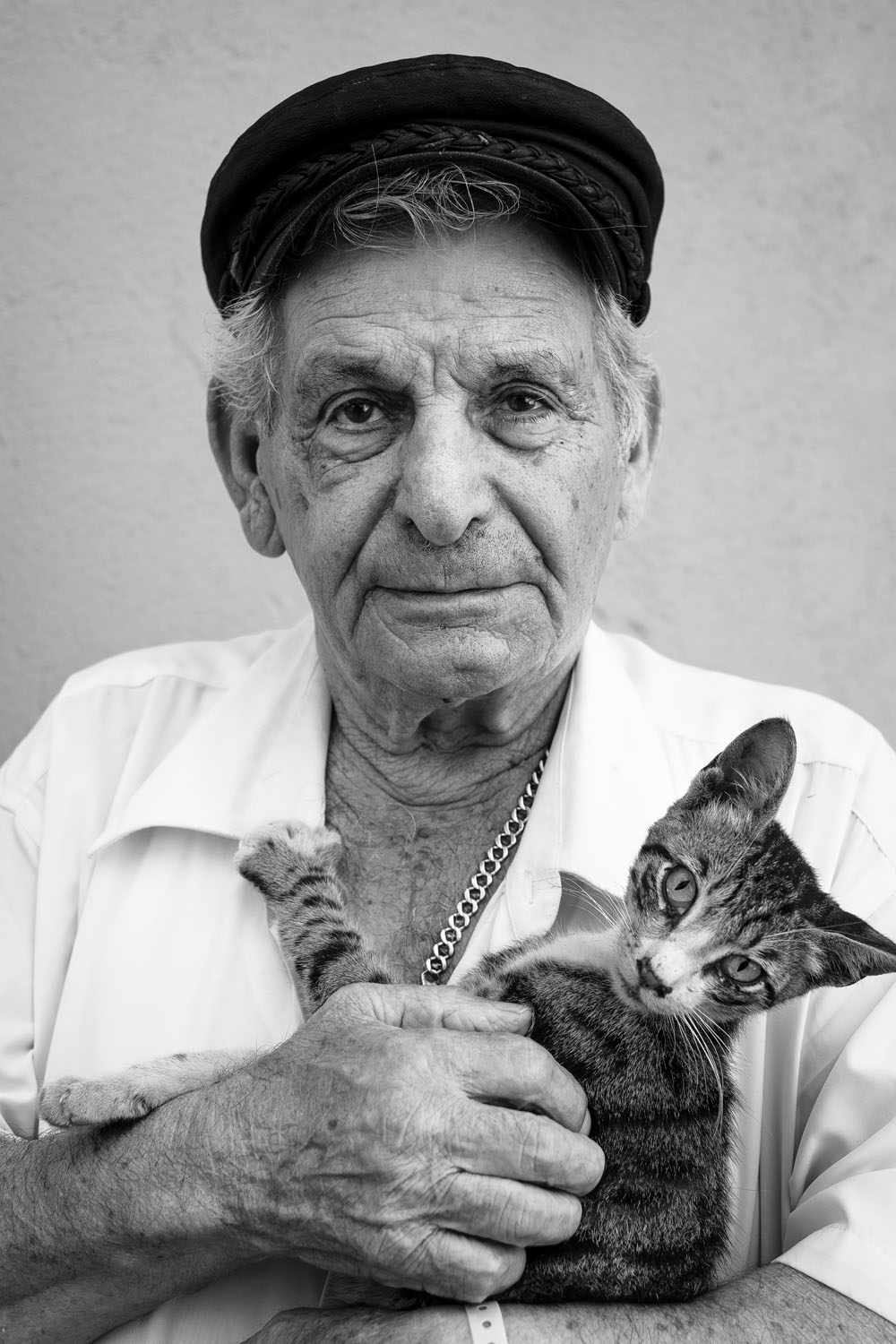
RIGHT: Fuji X-Pro2 . Fuji XF35mmF1.4 . f/4.0 . 1/450″ . ISO 200 – Market trader, Jaffa, Israel
In particular, the hybrid viewfinder was a revelation. As well as the electronic viewfinder, the optical viewfinder with digital overlay, allowing the user to see outside of the frame was pure genius. It was obvious that this little camera had been created with the street photographer in mind. Other features such as the X-Trans CMOS sensor with a new filter colour array creating a more random pattern, negating the need for a low-pass filter, and subsequently resulting in sharper image files – WOW!
And then there were the physical dials and buttons on the camera body and physical aperture clicks on the lenses. Things were getting more and more interesting. Before Michael and I had parted company, I already knew that I was going to buy this camera, regardless of the price. I had to have it. It was as if someone in Japan had been reading my mind all these years, yet superseded my idea of what the perfect camera should be. Sometimes life gives us these small gifts.
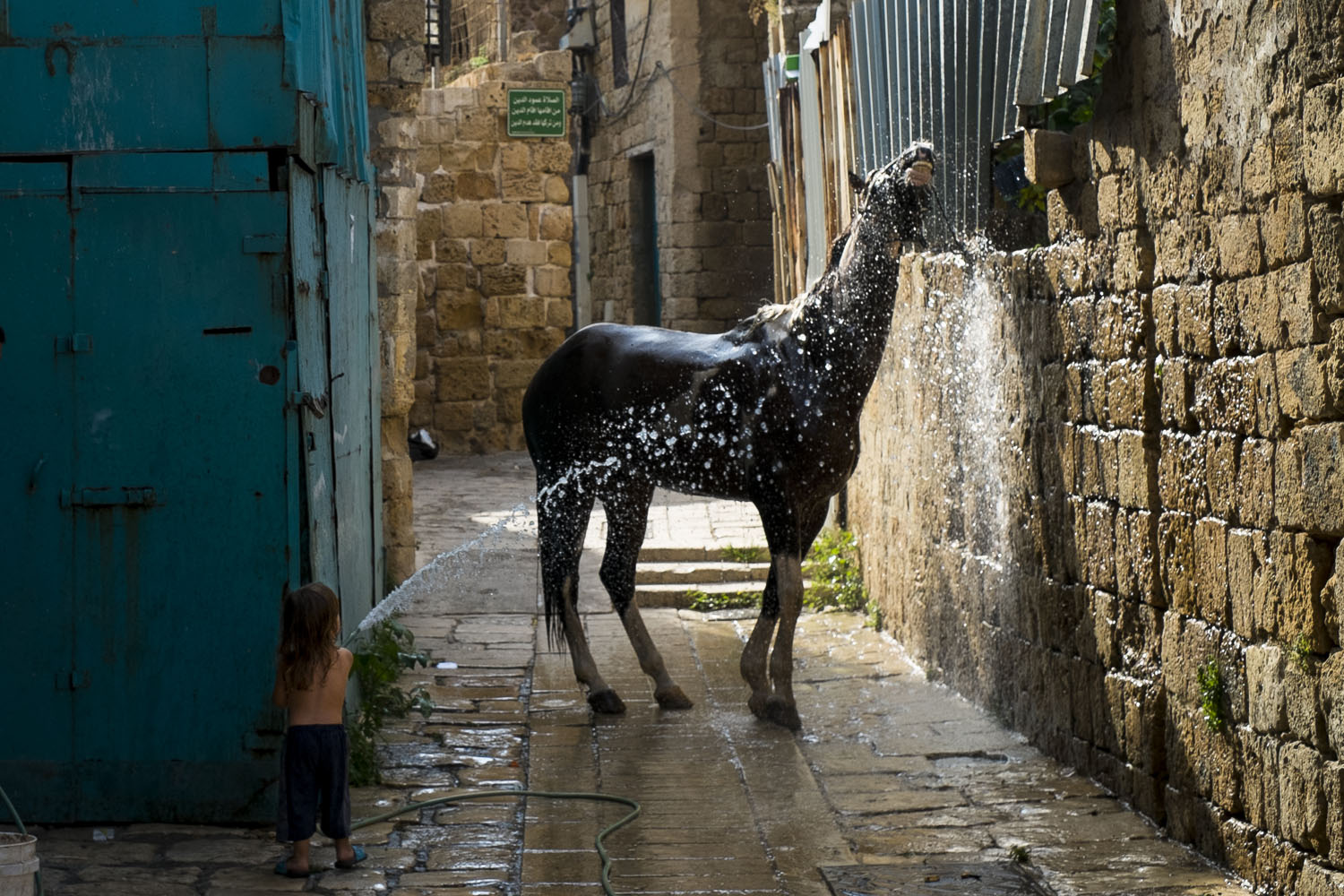

Unsurprisingly, I was the first photographer in Barcelona to receive the X-Pro1 together with the XF35mm F1.4 lens as I knew when the first shipment was arriving. I sold all my Nikon gear and never looked back. As soon as I started using the camera, everything felt so intuitive and familiar that it brought me back to the simplicity of using film cameras. It was such a relief not to have to deal with endless menus, and just take control of the camera. After setting up the “My Menu” feature and the customisable buttons with the most relevant settings, the camera was ready to use.
Over time, I came to love the camera the more I used it. And just carrying one camera with a 50mm equivalent field of view was a revelation. I often went out shooting without a camera bag, and just one spare battery. The image quality was stunning. After making 100cm prints from the 16-megapixel sensor, I was blown away by how good the files really were. For Fujifilm’s first attempt at an interchangeable lens mirrorless camera, I was thoroughly impressed.

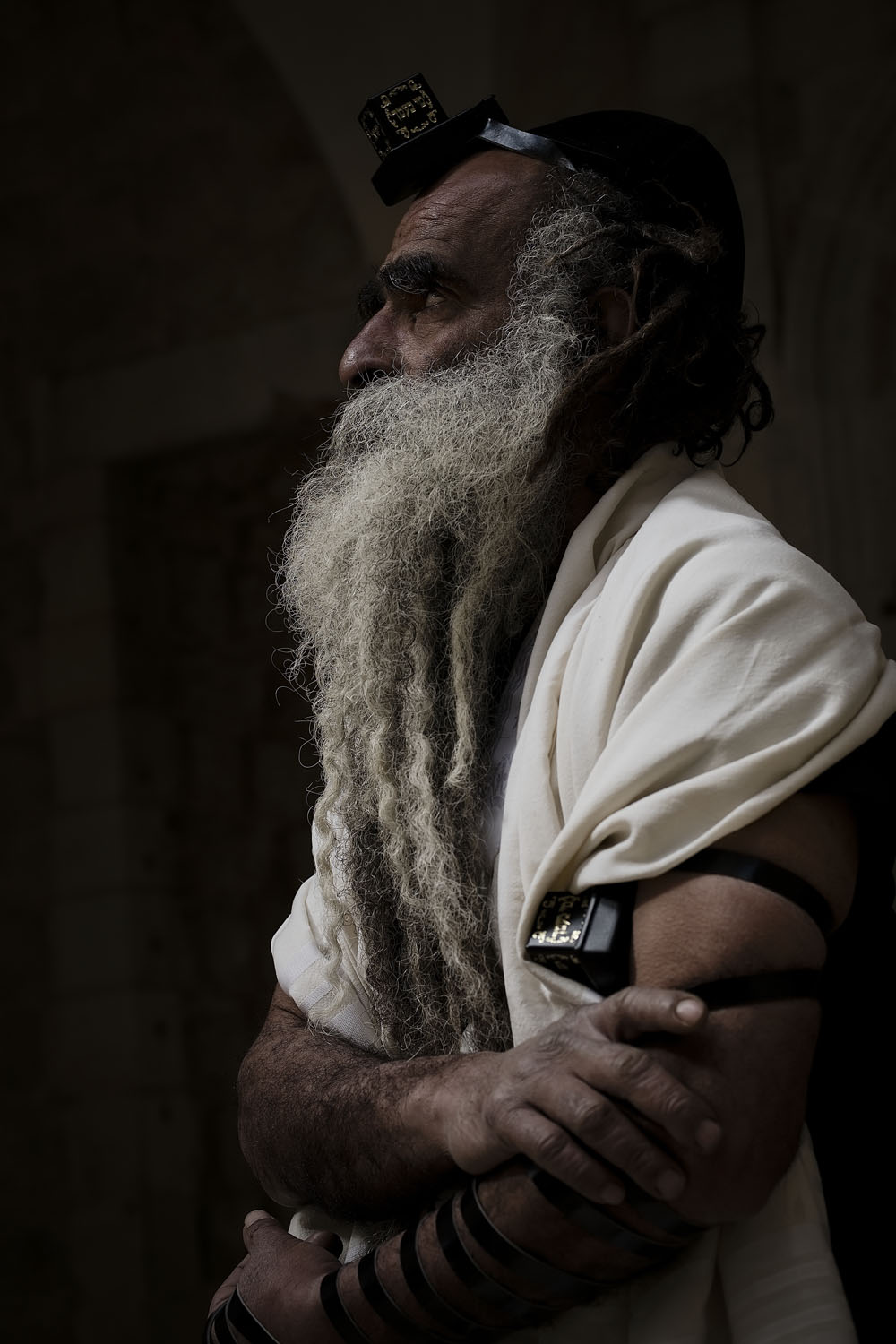
RIGHT: Fuji X-Pro2 . Fuji XF35mmF1.4 – Orthodox Jew, Hebron, Israel
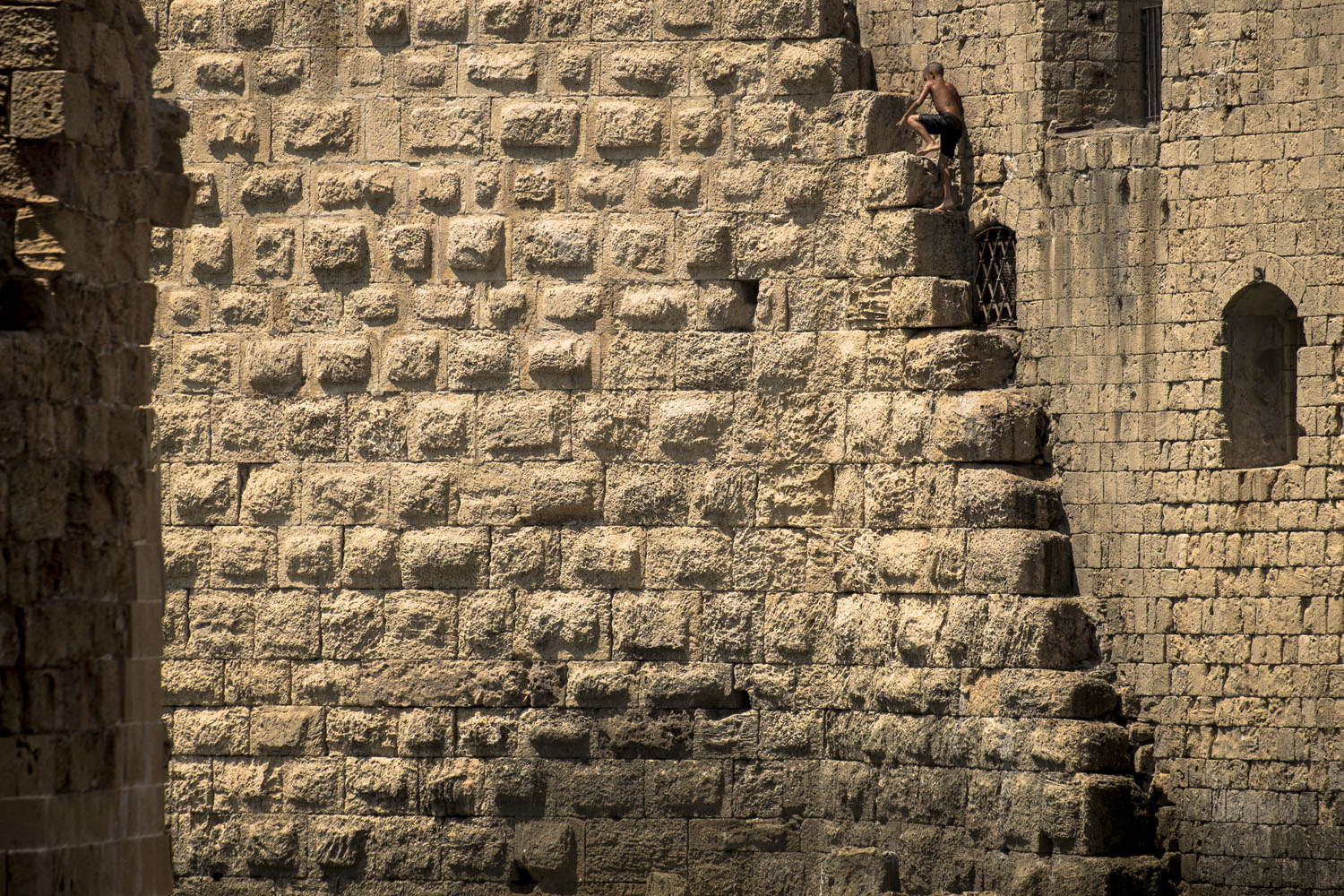
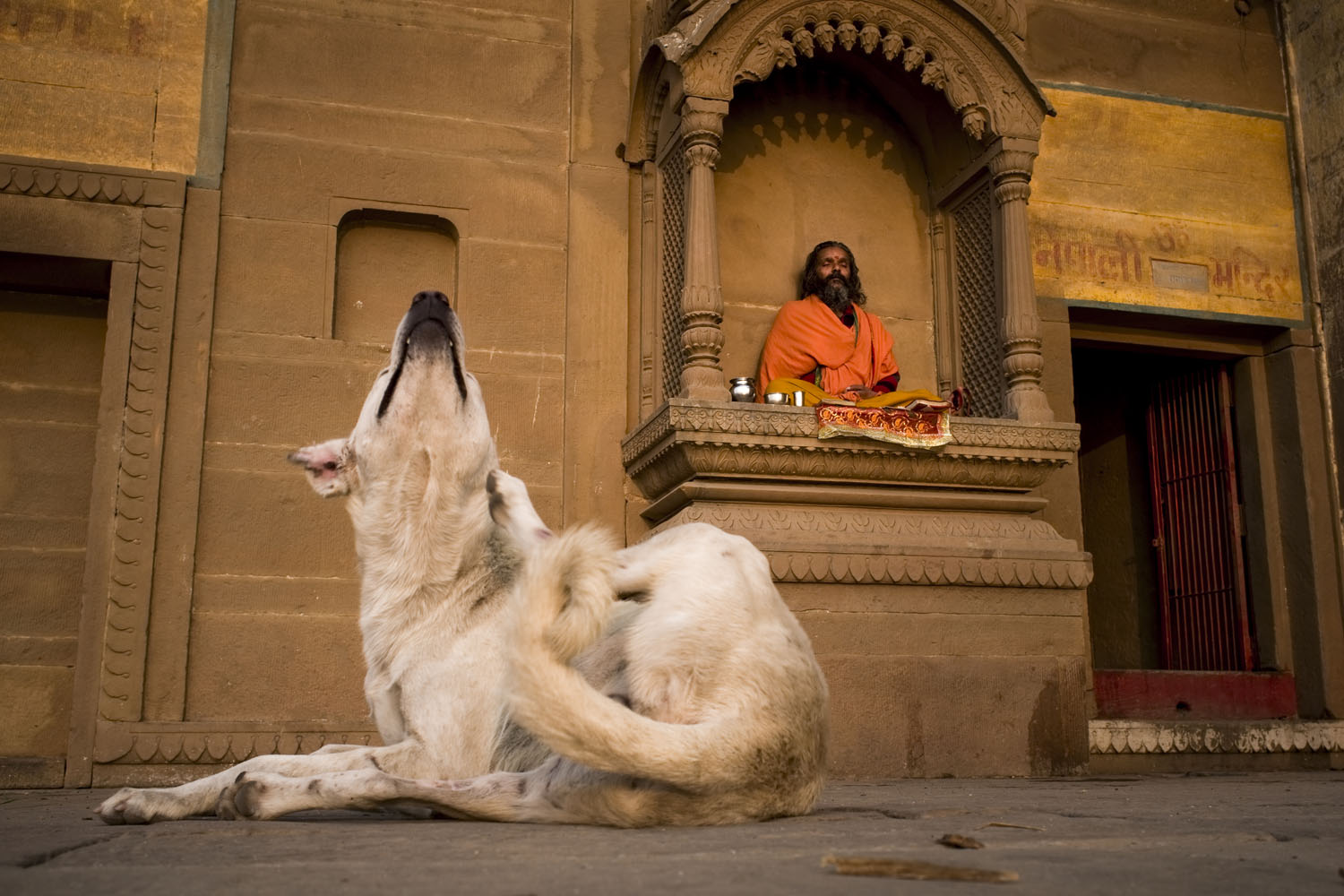
The XF35mm F1.4 lens was the first lens I used for the Fujifilm X system, and it remains my favourite from all the X system lenses I have used to date. It is not perfect, yet optically I have not found a lens that compares to it. It has exceptional sharpness, yet it has softness at the same time. It seems that out-of-focus highlights have a slight glow to them, while the bokeh combined with noise when using higher ISOs on the X-Pro1 gives the most organic film look I have ever seen on a digital camera. If it were possible to design the lens with exactly the same resulting optics, yet have internal focus and quieter autofocus, I would be thrilled. I know that the newer 35mm F2 lens has these benefits, including weather sealing, but I have read from others online that the newer version lacks the mojo, or dare I say it, the soul of the F1.4 version.

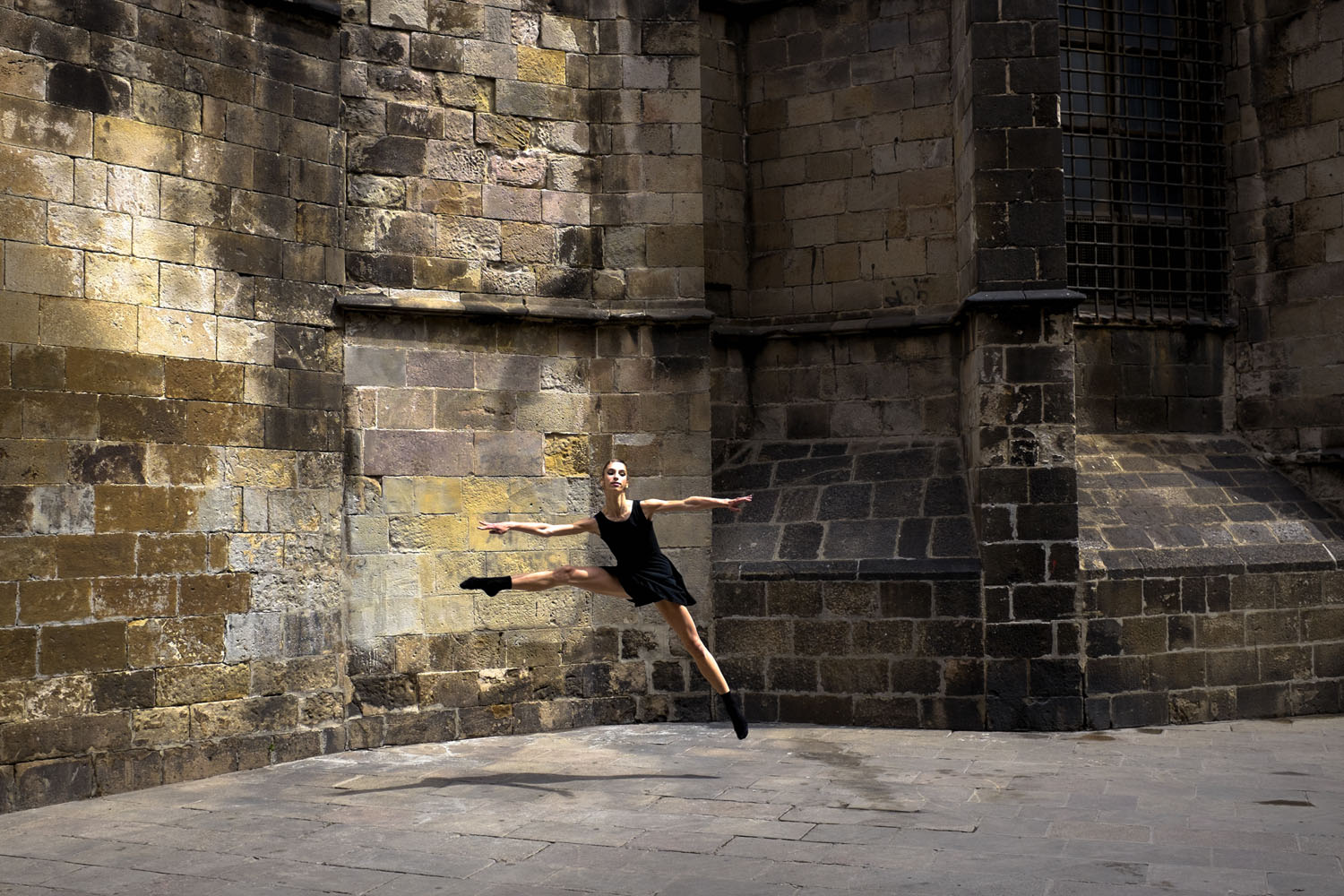
One of the unexpected benefits that Fujifilm has offered its users are the continuous firmware updates, even after newer camera models have been released. This shows the company’s level of commitment to its user base. I found that rather than subtle improvements, these updates could transform the performance of the cameras and lenses to a very high degree. In this regard, the XF35mm F1.4 was instantly improved in autofocus speed and the ability to be able to lock on to a subject. Thank you, Fujifilm!
My next lens purchase was the XF14mm F2.8R when it was launched in September 2012. This lens was chosen to capture wide vistas, architecture and minimalist urban landscapes. I love the handling of this lens, the compact size and the manual focus clutch. It is an excellent feature, and I wish all my lenses had this function, as you can easily switch to manual focus without having to take your eye off the viewfinder. The lens has virtually no distortion, which is unusual to find in a wide-angle lens. Image quality is stunning.
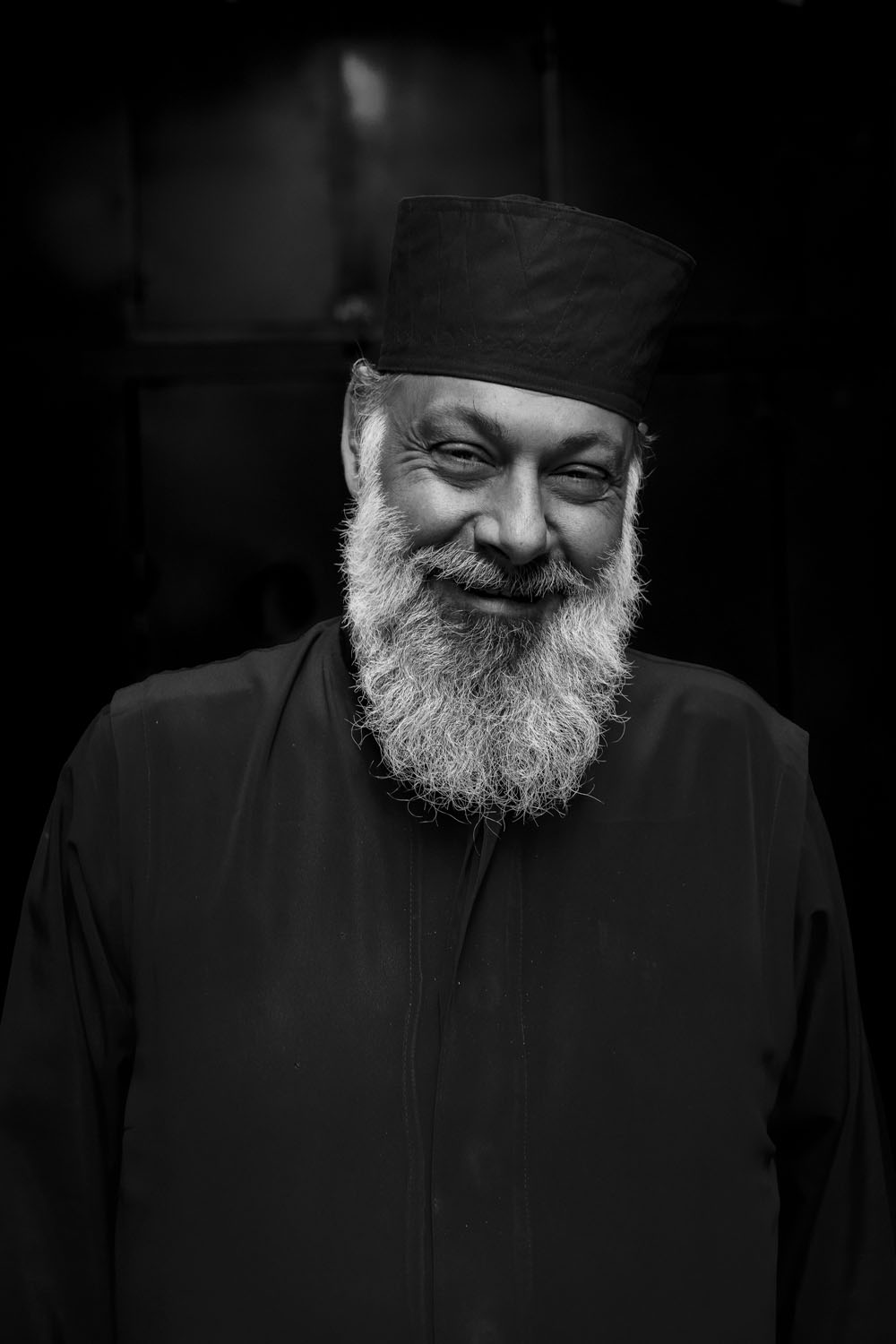
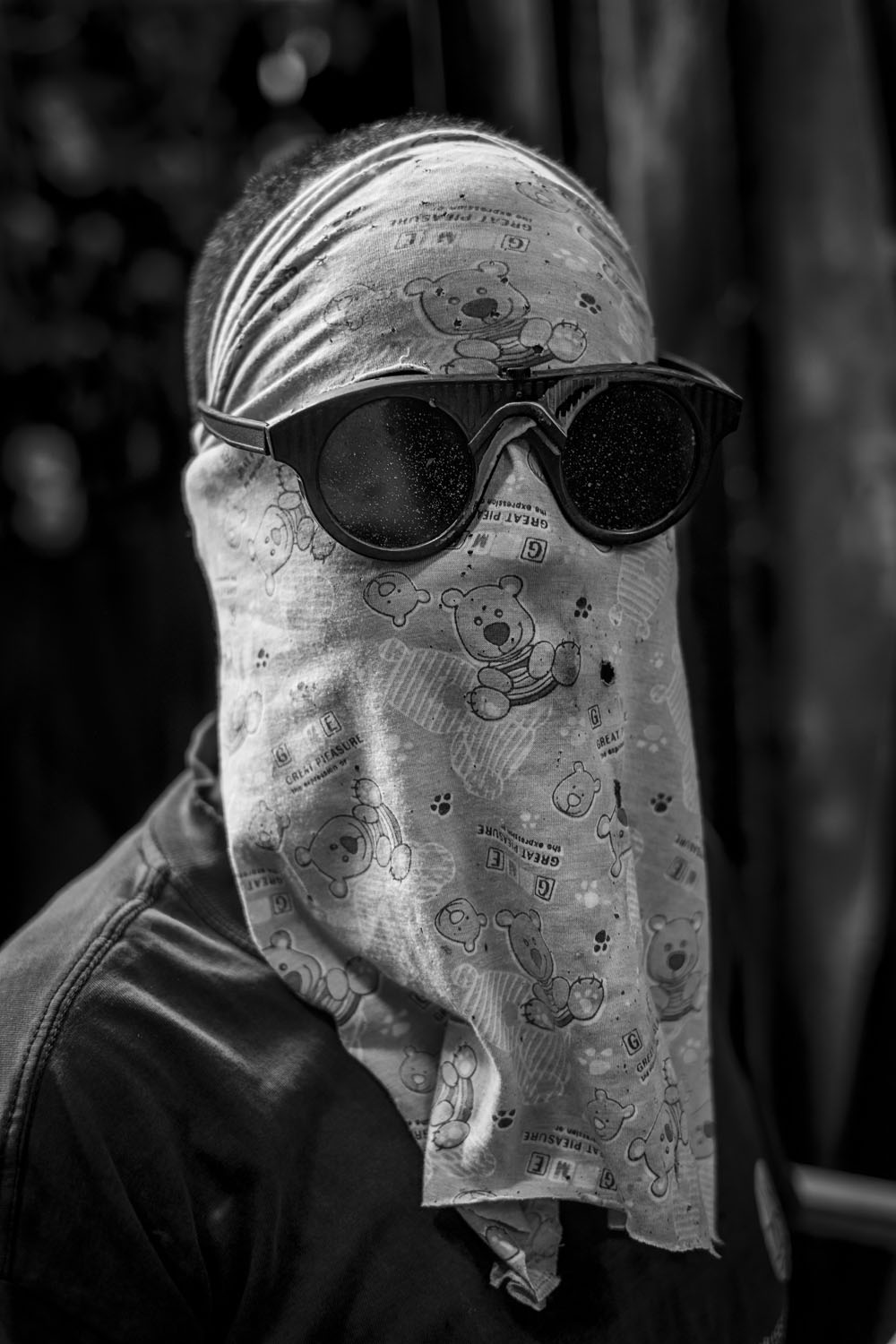
RIGHT: Fuji X-Pro2 . Fuji XF35mmF1.4 . f/2.0 . 1/80″ . ISO 200 – Welder, Marrakech, Morocco
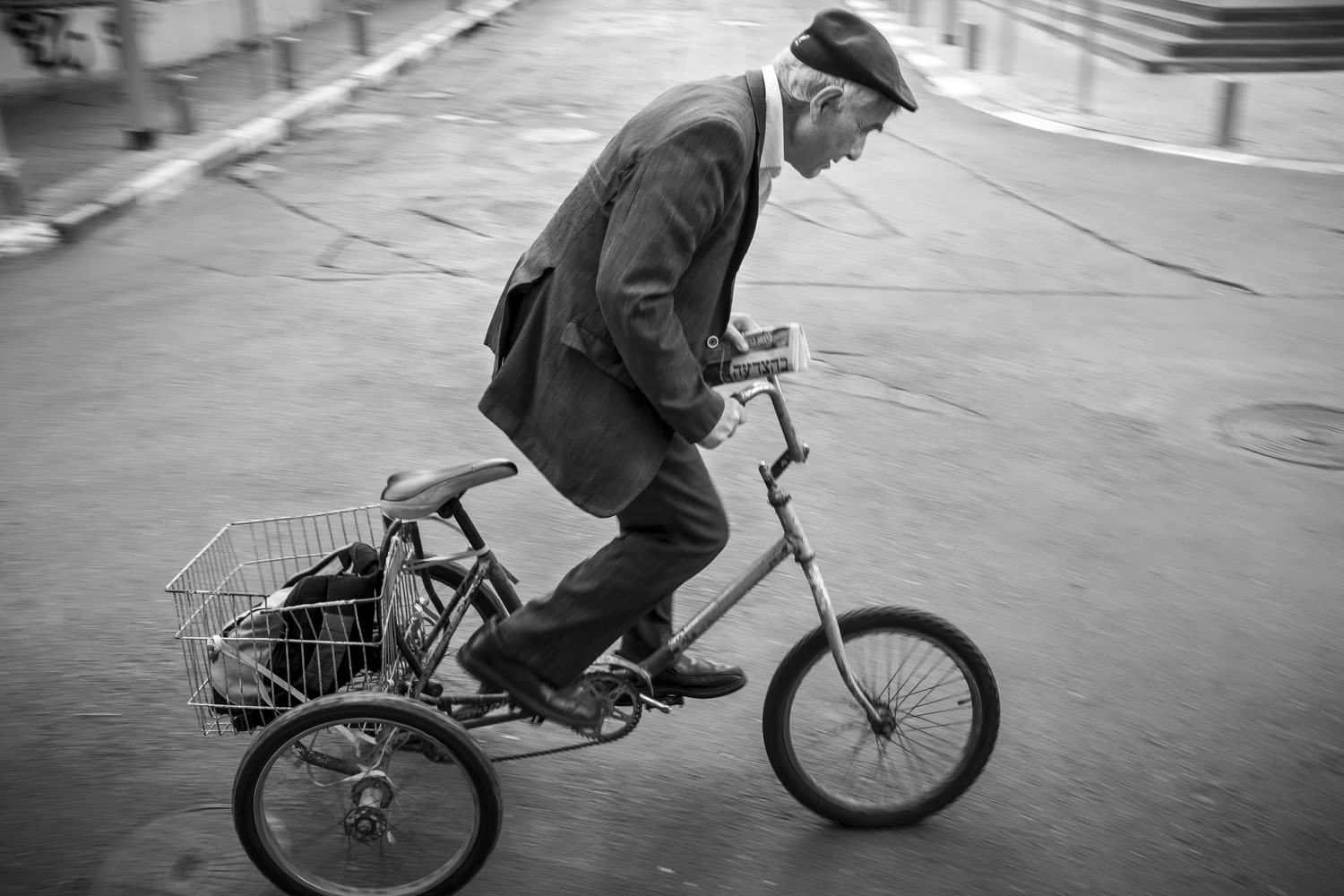
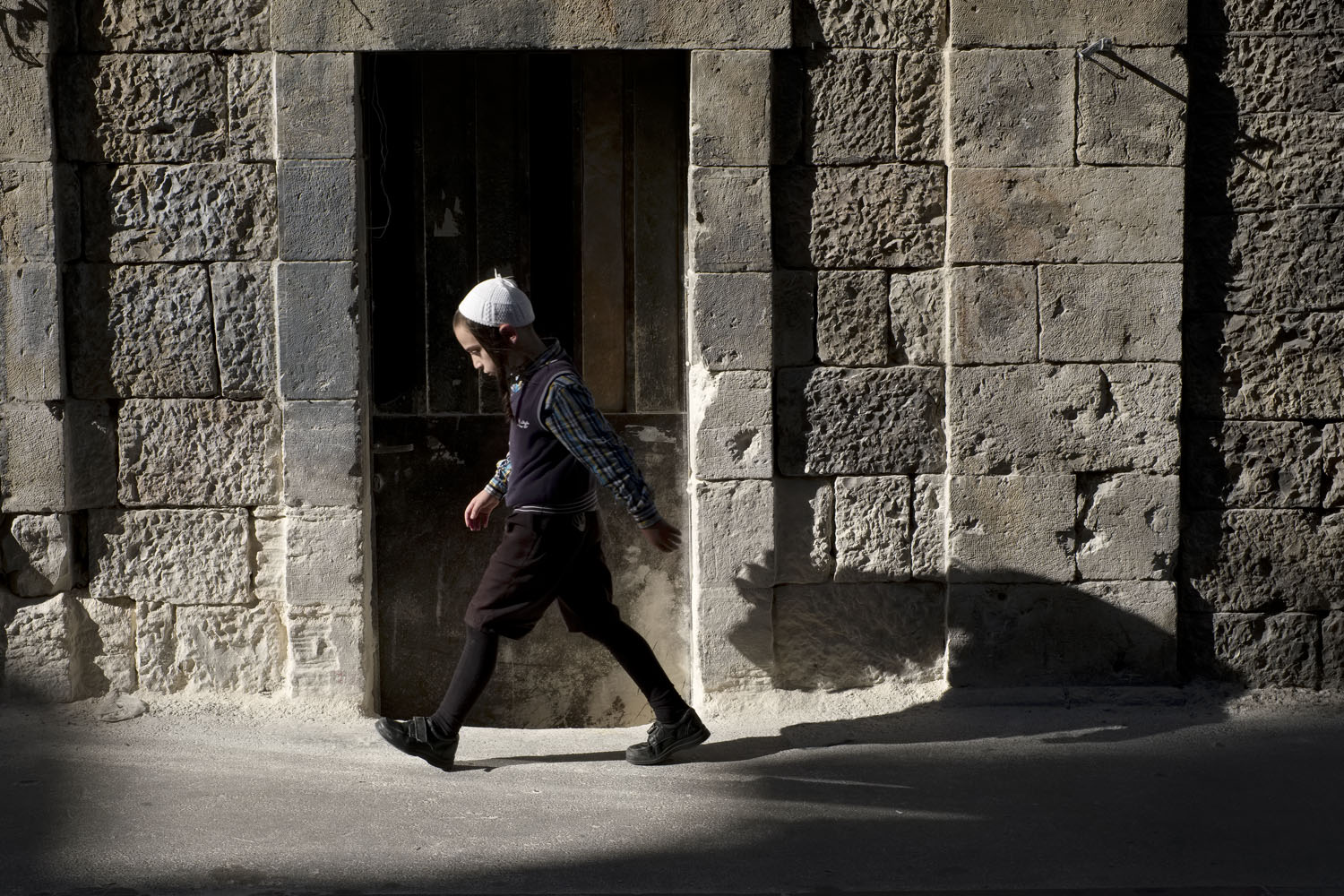
By this time, I was in need of a 35mm or 28mm equivalent lens to capture street photography as the 18mm F2 [27mm equivalent] that was launched together with the 35mm F1.4 & 60mm F2.4 macro was judged by many to be too soft along the edges of the frame, had relatively unreliable autofocus and was prone to flare. Such a shame as I really wanted to love this lens due to its compact size. So I waited for a new version of this lens or a 23mm lens to come out. I didn’t have to wait long, as my prayers were answered with the introduction of the X100S compact camera in January 2013! This little camera seemed like the perfect street photography tool due to its compact size, great build and excellent image quality. I also liked the idea of it being a fixed lens camera, allowing the lens to protrude into the camera body creating a more compact design. And it utilised the same X-Trans sensor and autofocus technology as the X-Pro1. It was a beautiful camera to behold.
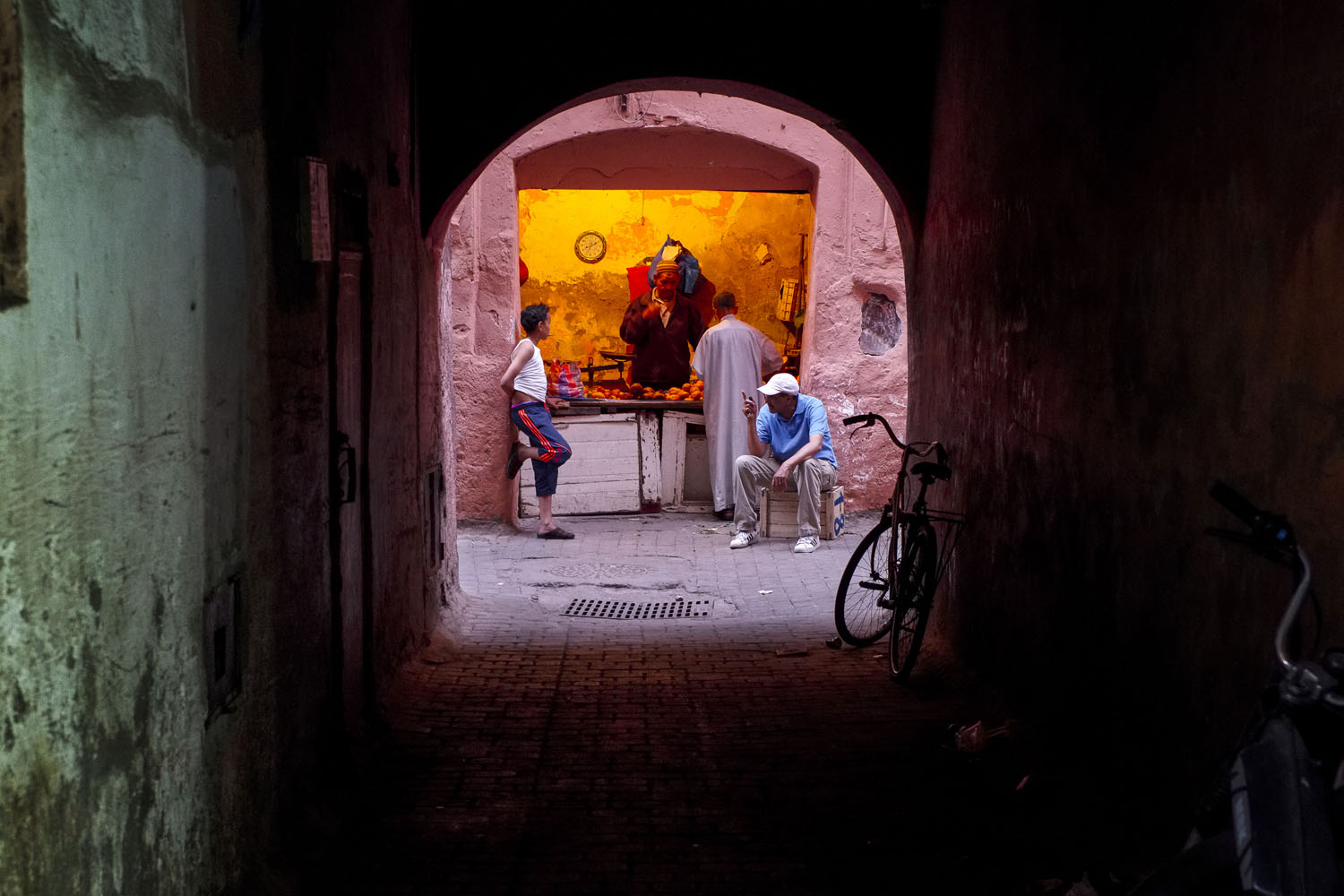
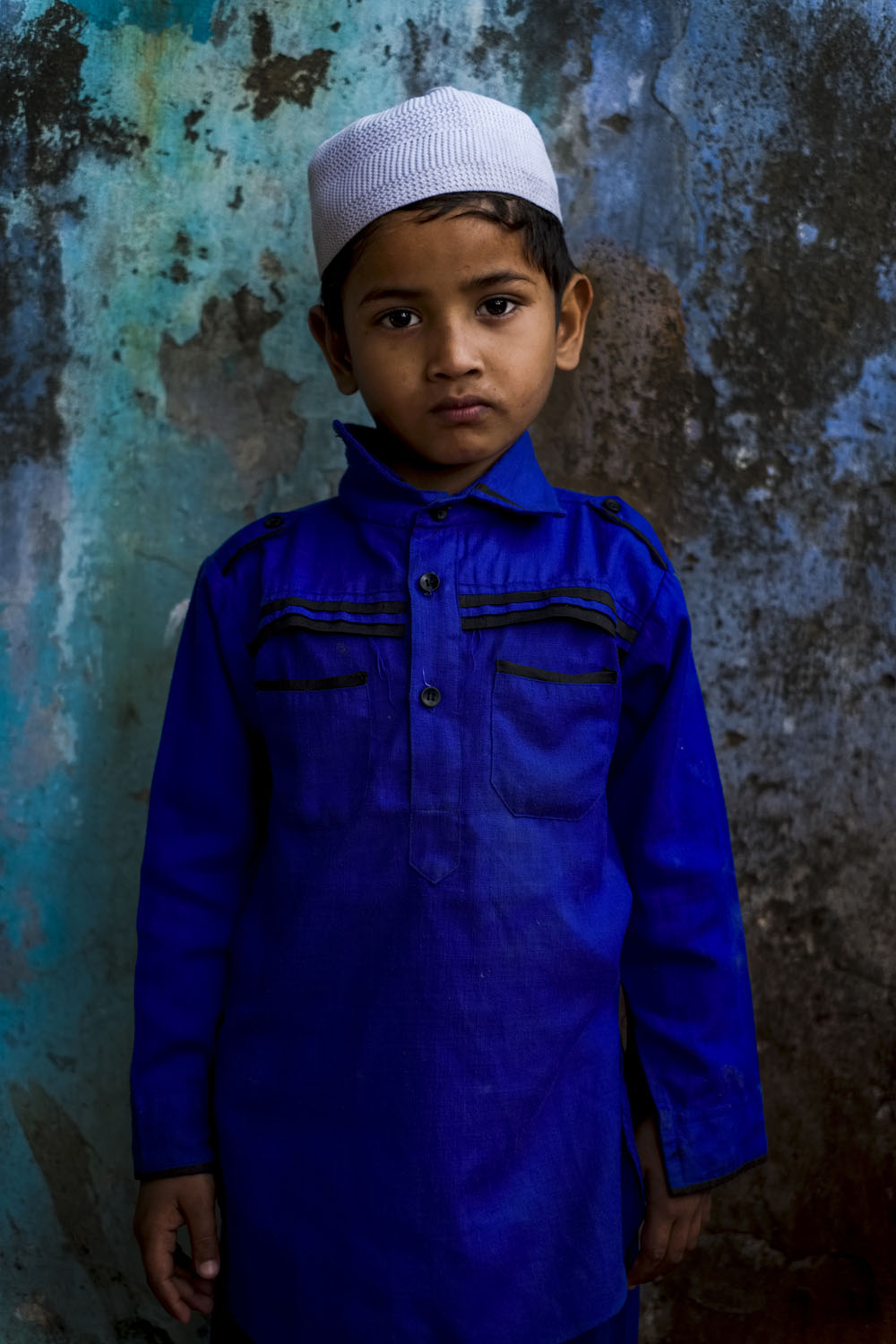
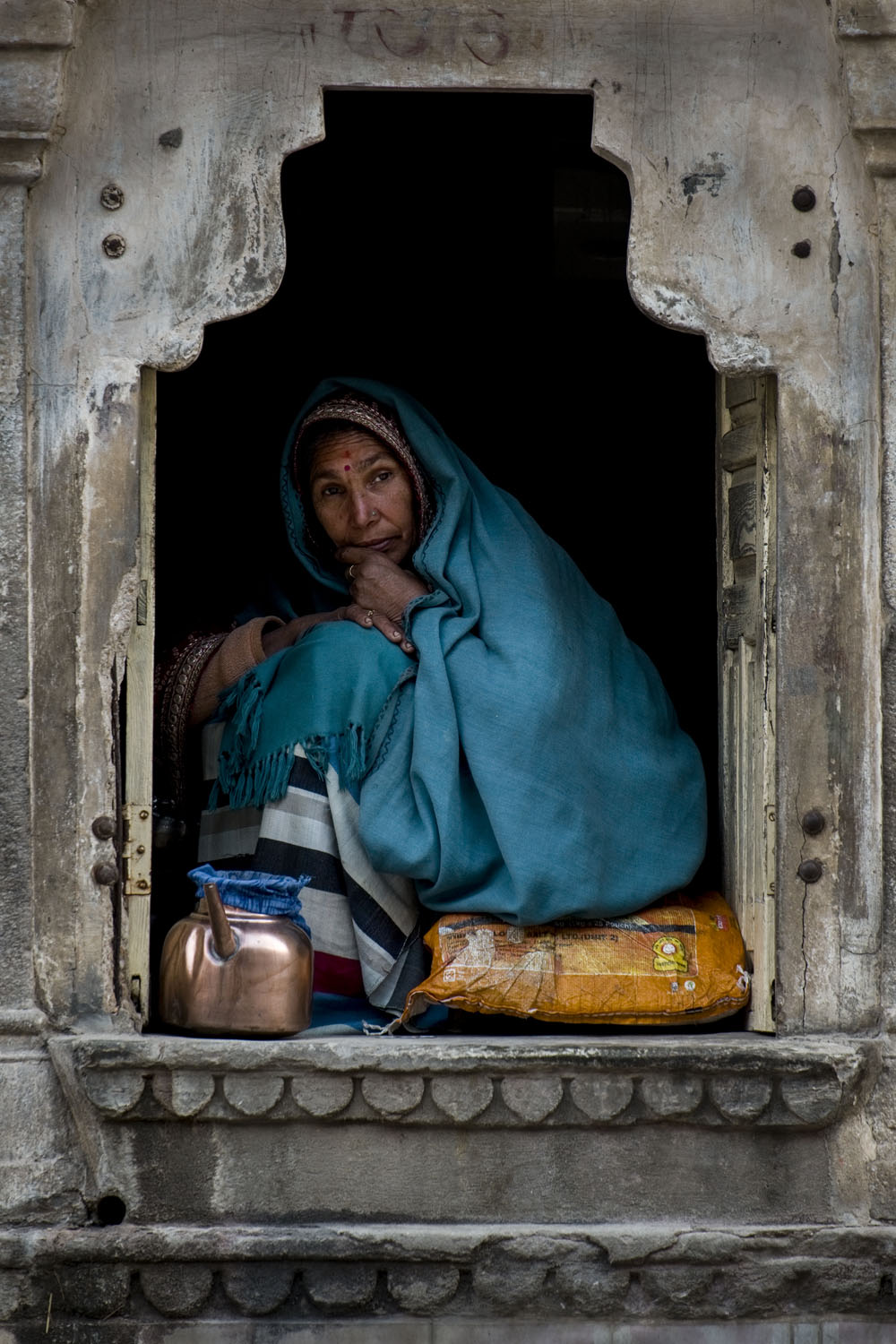
RIGHT: Fuji X-H1 . Fuji XF55-200mmF3.5-4.8 @200mm . f/6.4 . 1/125″ . ISO 640 – Monkey Temple, Jaipur, India
3 months later saw the release of the XF55-200mm F3.5-4.8R LM OIS tele-zoom. In my opinion, this lens gave the Fujifilm X system a credible tele-zoom option for the travel photographer. While still a physically large lens for a mirrorless system, the lens felt well-balanced on the X-Pro1. The OIS did a great job of using slower shutter speeds and lower ISOs, build quality was good, and the optical quality was high, especially up until the 100mm range. This lens was a bit of a paradox to me, as I had decided to use the X system specifically to use small, lightweight quality cameras with small prime lenses. But the 55-200mm gave such a convincing argument due to how versatile and useful I found it to be, that it quickly became an important part of my kit, especially when travelling. From landscapes to tighter portraits than the XF35mm, this is one of those lenses that is often found in my bag, yet it is also my least favourite lens to use. I think that this is more of a testament to how good the Fuji primes really are, as opposed to any shortcomings of the 55-200mm.
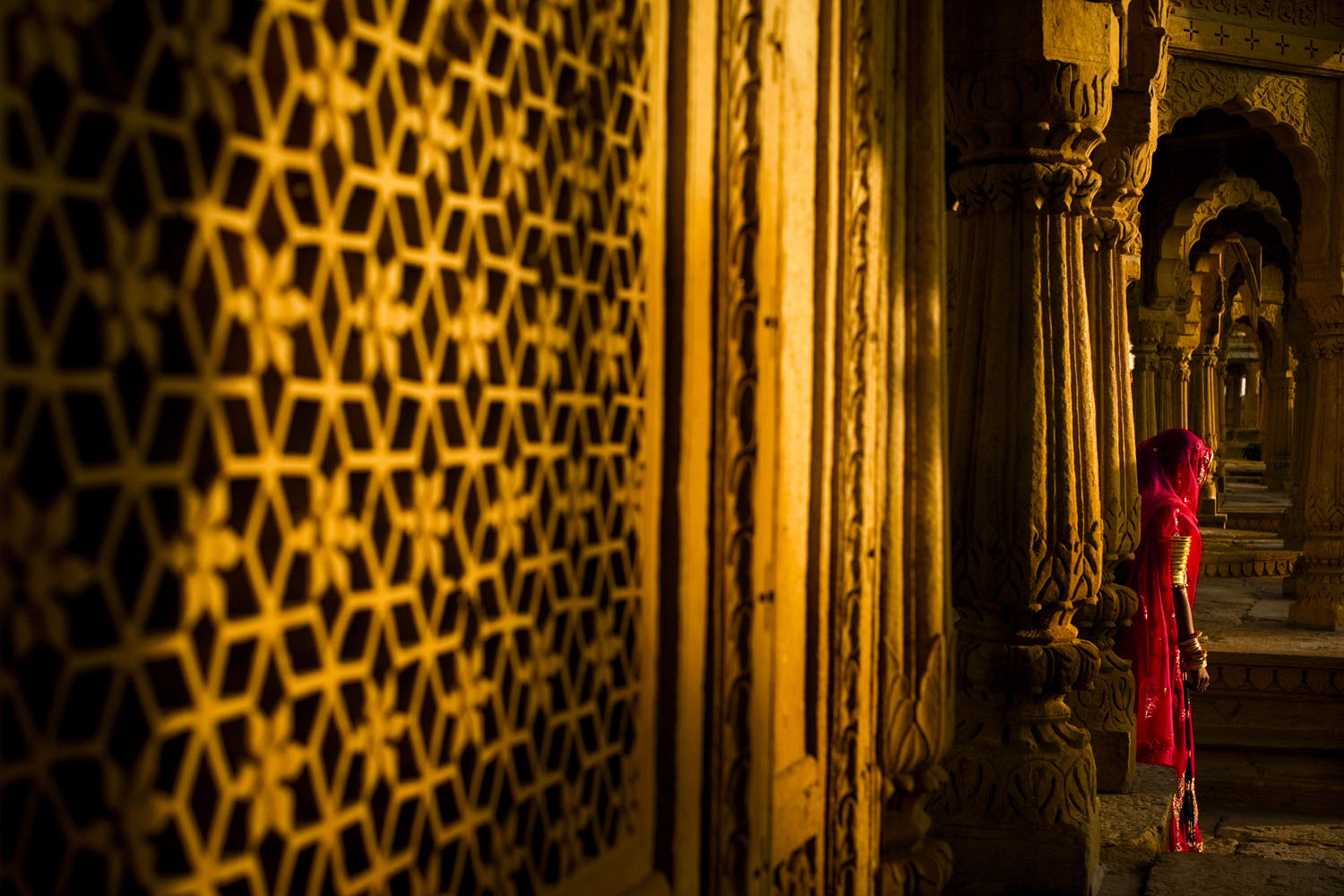

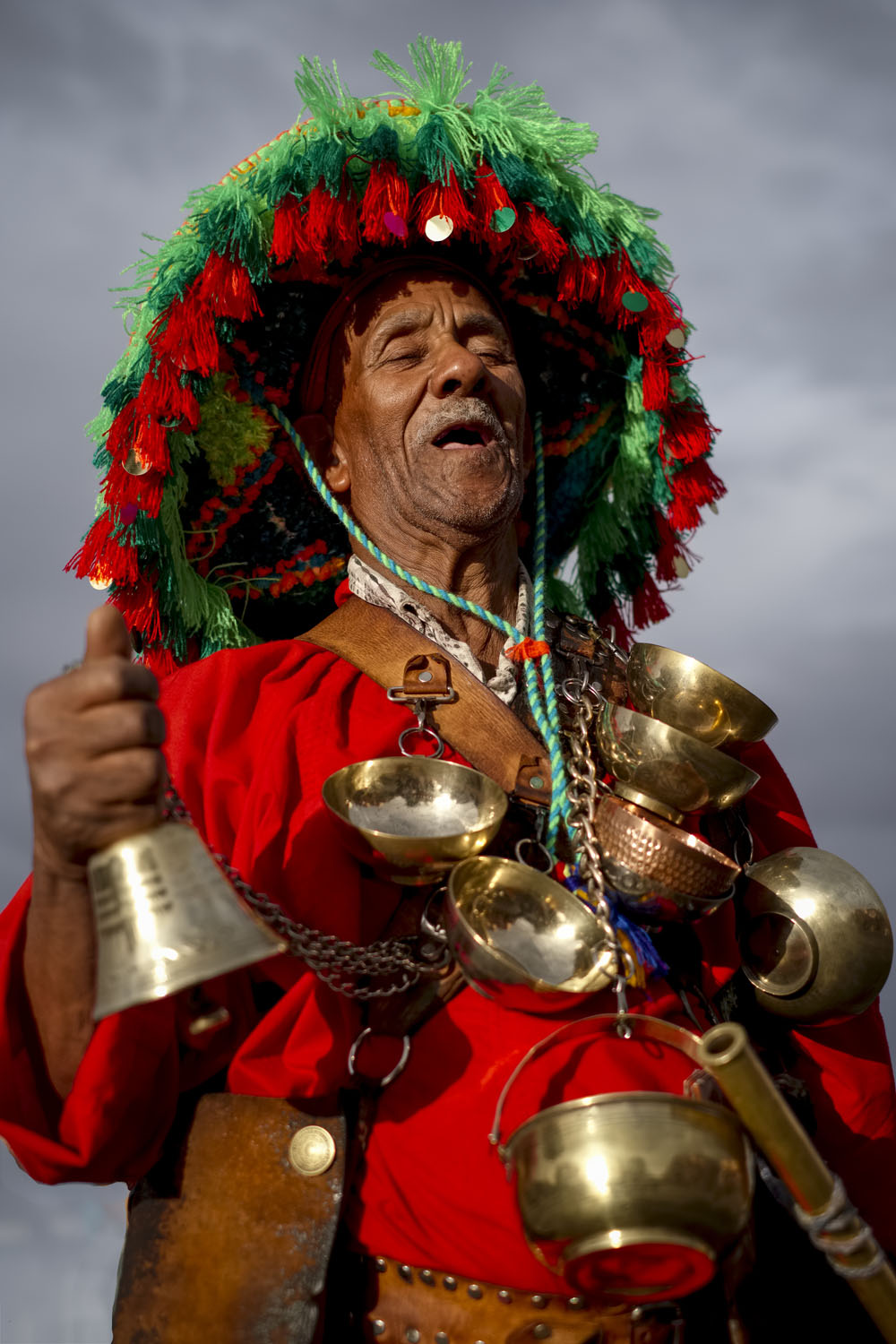
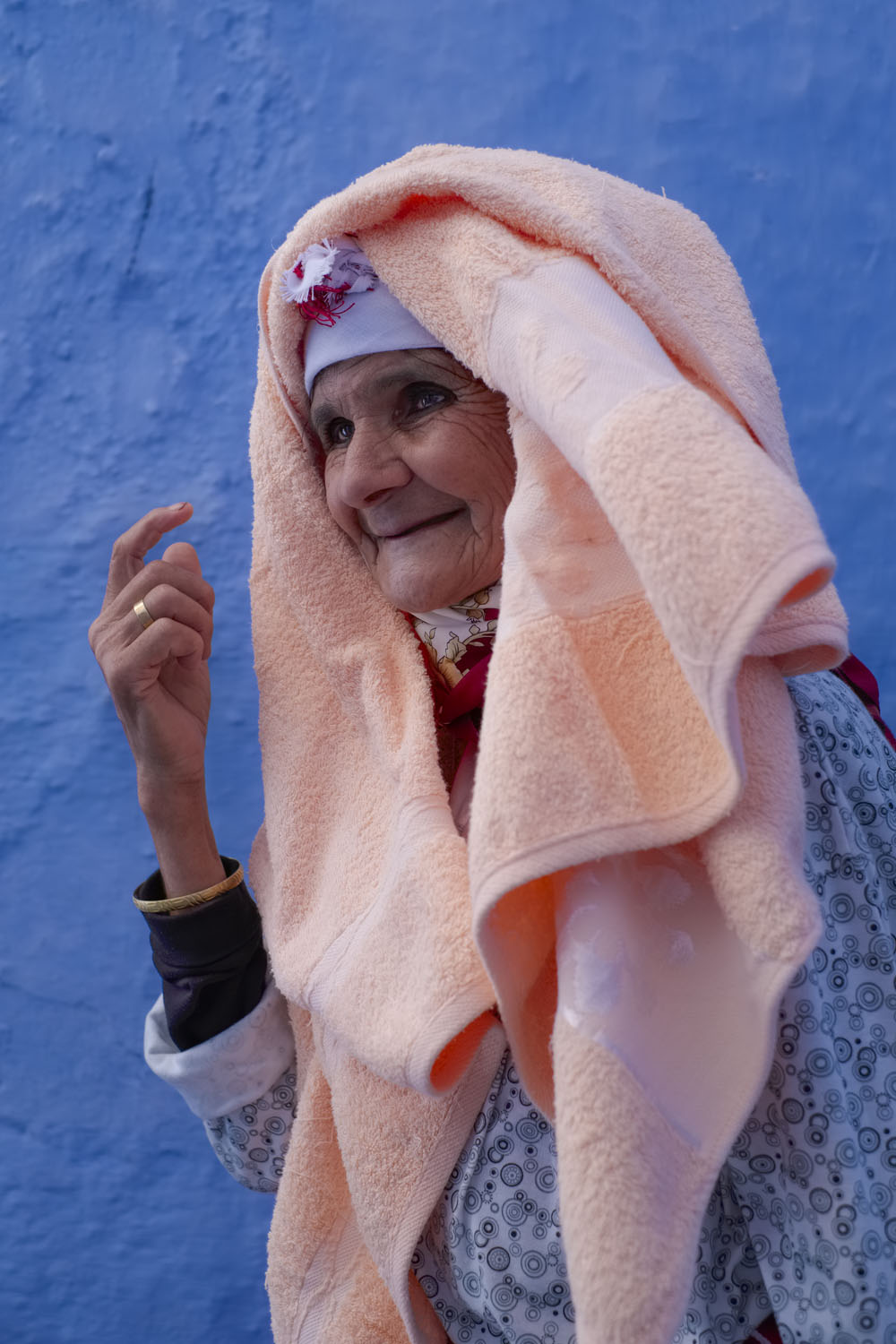
RIGHT: Fuji X-Pro2 . Fuji XF35mmF1.4 . f/3.2 . 1/1100″ . ISO 200 – Lady in Pink, Chefchaouen, Morocco
By this time, I was covered for my focal length needs for international photo workshops. But as always, my desire for the most compact system with the highest image quality was hopefully waiting around the corner with the next generation of Fujifilm X cameras and lenses. As I am sure that many readers will experience, deciding what equipment to take on a specific location can be tricky. In most cases, these come down to the 35mm, 50mm & 80mm full-frame equivalents. As the XF35mm F1.4 is my favourite lens, and the lens on the X100S had my favourite focal length, these 2 products were always in my bag. Speaking of which, I have used the Billingham Hadley Large model for years now, and was carrying 2 x X-Pro1 bodies and the X100S. To summarise, up until 2016, I was using the 2 X-Pro1 bodies with a 35mm and 14mm [or 55-200mm] lenses and the X100S. With 3 camera and 3 lenses attached, the contents fit in the bag nicely, and was still lighter than 1 Nikon DSLR and 3 lenses.

One of the most exciting models to come out of the Fujifilm X system lineup was the X-Pro2. This was truly the camera I was waiting for, and has not been superseded by any other model in my opinion, even the X-Pro3. If I could only own one camera, then this would be it. It has been 6 years since I bought one, and I continue to be impressed by the design, build, functions and image quality of this little marvel. Combined with the 35mm F1.4, it is a match made in heaven and my ideal pairing to capture environmental portraits. As well as the increased autofocus speed and accuracy of the 35mm F1.4, the camera itself comes with a host of new features over the X-Pro1. These include a brand new X-Trans III sensor with a higher pixel count of 24.3 million pixels, a higher native ISO of 12,800, 5 EV exposure compensation, electronic shutter, face & eye detection, up to 325 focus points, higher resolution electronic viewfinder, eye diopter, phase detection and a variety of autofocus modes. Thank you again, Fujifilm!
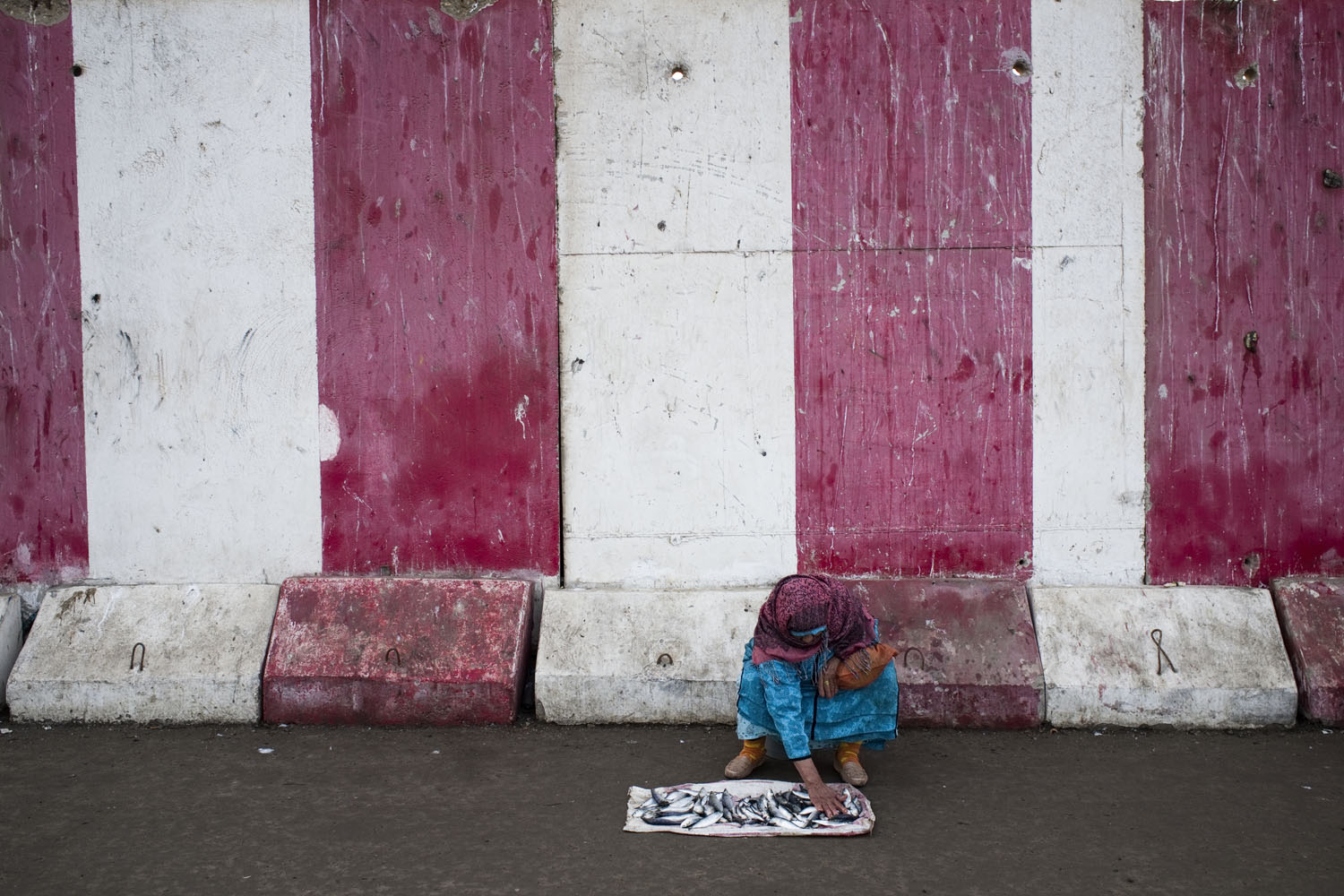
After the launch of the X-Pro2 in March 2016, the following year, Fujifilm launched 2 new products that were relevant to me personally. Firstly, my X100S was upgraded to the X100F as I needed the best camera available for discreet street photography. Like the upgrades to the X-Pro series, the upgrades were significant. It inherited the same 24.3 megapixel X-Trans III sensor, and many other performance enhancements. The X100F looked the same as its previous model, which was a good thing. It was a relief that the new version used the same battery as the X-Pro1, so no need to take 2 different battery chargers and a different set of batteries anymore. What I love about the X100F is how well-designed it is for its intended purpose. And that purpose is street photography. It is not what I would call a versatile camera, but it wasn’t designed to be. But what it does, it does very well. Would I like improvements made to certain elements of the camera? Yes, I would, but I don’t see the right ones implemented in the current X100V to make me want to upgrade yet. I don’t think I would be able to live without the D-Pad, for example. I am eager to see what happens in the future with the X100 series. Hopefully, improvements will include in-camera stabilization, better high ISO performance and a better handgrip.
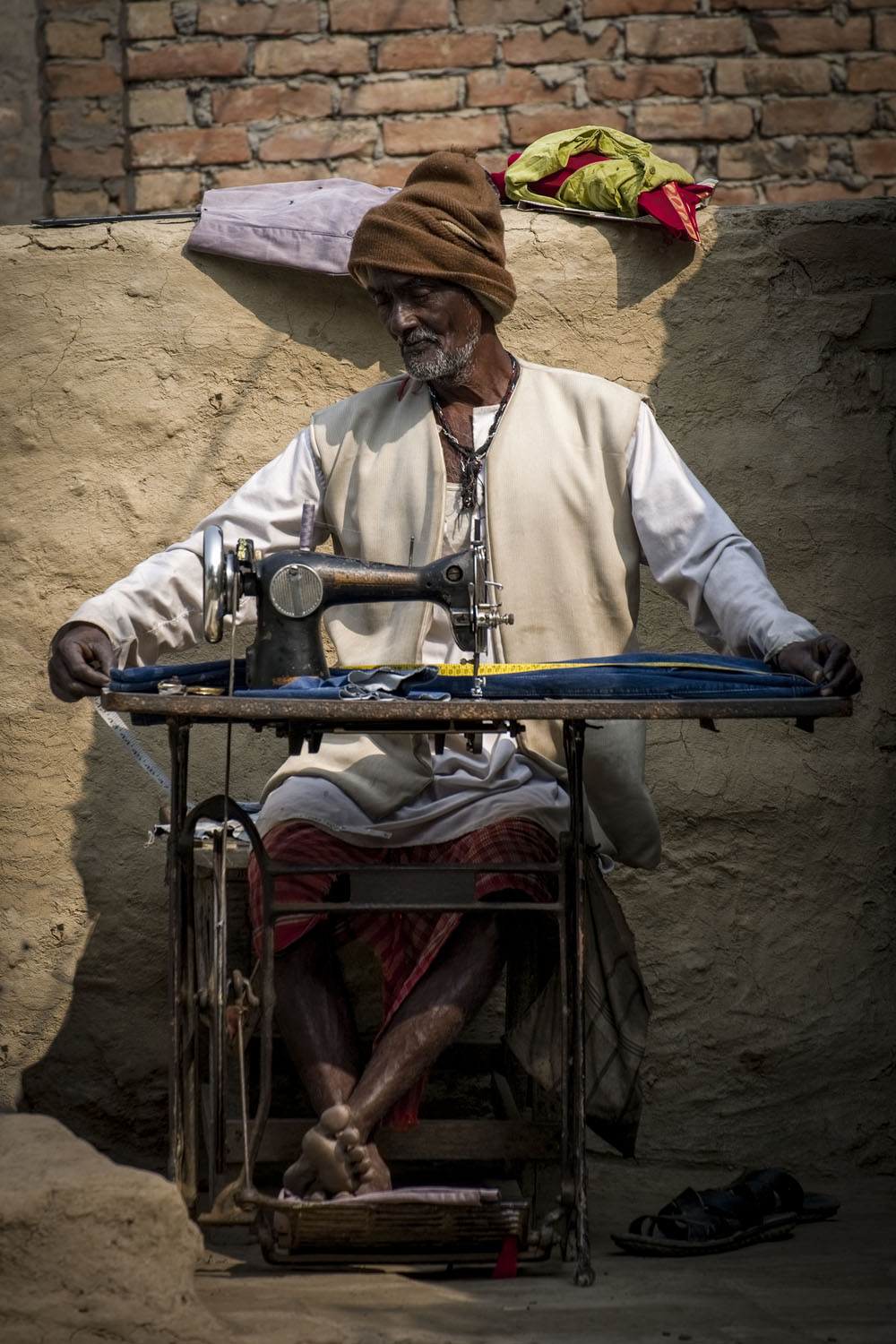

RIGHT: Fuji X-Pro1 . Tair 135mmF2.8 . 1/400″ . ISO 200 – Rajasthani man, Mandawa, India
The other product I received, together with the X100F, was the XF50mm F2 lens. This lovely little lens was purchased specifically to capture tighter head and shoulder portraits, but without having to take the 55-200mm for this purpose alone. The micro-contrast of this lens is fantastic, and is especially suited to black and white photography. It is probably also my sharpest lens. In fact, centre sharpness is already excellent at the widest aperture, and the bokeh falloff is so natural. Many photographers feel that owning a portrait lens with the fastest aperture possible is a sign of a professional photographer, while the rest of us are mere amateurs. This is one of the many preconceptions about photography gear, and is more suited to individuals that are interested in photo equipment more than the results that they can produce. Unless you plan to shoot in extremely low light and want to turn the background into an artistic blur, shooting wide open with the XF50mm F2 can allow the user to actually know what is in the background and add context to environmental portraits. Likewise, I usually prefer the eyes, nose and ears of the subject to be in focus, while the background gradually fades out naturally.
Finally, the last camera I purchased was the X-H1. This model was bought specifically to use with manual focus portrait lenses, thanks to its in-camera image stabilisation, excellent focus peaking and large handgrip. People that know me, know that I love nothing more than to experiment by blending artistic vintage lenses with modern mirrorless cameras. It would not be fair not to mention how the Fujifilm cameras allow me to express my creative vision when entering the wonderful world of vintage glass. In this regard, my most cherished vintage portrait lens is the Tair 11a 135mm F2.8. This Russian-made lens is built like a tank, and is unique in the rendering of its background blur. No less than 20 rounded aperture blades create a perfect circle at any aperture setting. People talk about some lenses with unique character as bokeh monsters, and this lens has to rank at the very top of the list in rendering backgrounds into beautifully creamy washes of colour. Regardless of what Fujifilm X camera or lens you own, if you enjoy them even half as much as I do, you will be a happy photographer!

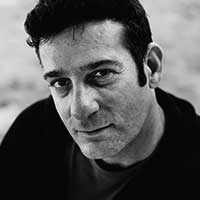
Laurie Cohen is a professional photographer, currently based in Israel. He specialises in street photography and candid environmental portraits, and travels far and wide in order to practice his art. Laurie has been leading photography workshops around the world for 30 years, and has lived in the U.K, Thailand, India, Australia and Spain before returning to his native land of Israel. He uses Fujifilm X camera bodies exclusively in his work.
www.barcelonaphotographytour.com/
www.israelphotographytour.com/
www.instagram.com/barcelonaphotographytours/

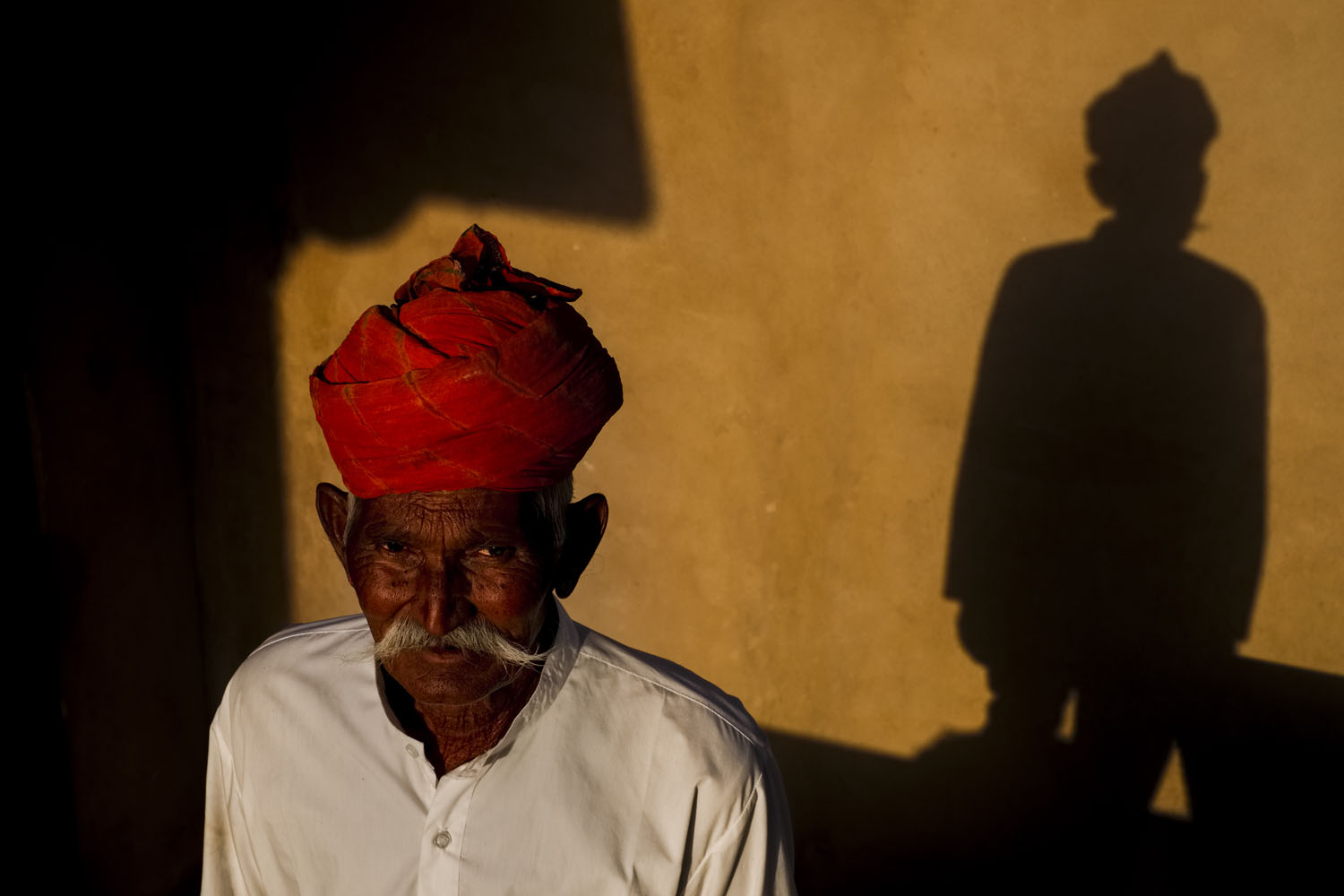



Philip Sutton
May 15, 2023 @ 6:06 am
Beautiful images and thanks for posting. I shot Fuji for 11 years, with many of the cameras you have here. They are beautiful works of art and very useable. I’m a wedding/events/gig photographer here in Perth, Australia, and just because of what was required of my files and the look I needed, I recently swapped over fully to Nikon FF, for all of my professional work. However, I do miss the slightly smaller bodies and lenses and the RAF files which are infinitely useable and so easy to get the desired look in post-processing. Unfortunately, I sold all of my Fuji gear, and now that I would like to get a X-H1 or X-T2, with the 18 or 23mm 1.4 lens for my personal wanderings, you cannot buy or find one for sale anywhere. Even the new gear is totally out of stock in the camera stores. I’m not sure what Fuji is doing, but they are very popular at the moment.
Laurie Cohen
May 17, 2023 @ 10:58 am
Hi Phillip,
Great to hear your comments. I think you hit the nail on the head by mentioning the lighter, more compact nature of the Fujifilm X cameras. As you mainly shoot weddings and events, your needs are going to be different to mine, and I am guessing that many other travel photographers will have similar needs as my own. I shot with Nikon full frame DSLR’s for years before switching systems. It was a giant leap of faith, but for me, I will never go back. After printing 100cm prints from the original X-Pro 1, I was more blown away by the image quality than any worries about the camera’s quirks. For me, photography is a very personal part of my life, and I think the user has to have cameras that feel right in their hands and have some kind of a connection with the company ethos. I just loved how Fujifilm kept sending firmware updates to users to tweak the system. That is why the Fujifilm bodies and lenses have found a permanent place in my bag. I really hope that you feel the same way about your Nikon equipment and continue to enjoy photography as much as I do. Best wishes,
Laurie
Johan Otterdahl Edfeldt
July 13, 2023 @ 7:54 am
What can the Nikon do that the Fujifilm cannot? I really don’t understand accept better on higher ISO but these days DXO and Topaz can fix that.
For me carrying a smaller gear is a more stealthy way to photograph weddings and events. People don’t get as scared and uncomfortable as when I shot Nikon and Canon. For me that gets me better results and in the moment shots.I print big and never ever had complaints from couples, companies or magazines about the quality.
David A
May 15, 2023 @ 10:10 pm
Fabulous colours in great reportage, thank you Laurie. Also great insight into the evolution of a camera system to suit your needs which many readers will recognise.
David
Laurie Cohen
May 18, 2023 @ 6:43 am
Hi David,
Thank you for your kind words about the article. I always found that Fujifilm was a leader in rendering colours, having a long history in slide film which I personally enjoyed using, which seems to have continued into their digital cameras. They have definitely listened to photographers and their needs in creating the mirrorless system. I think that some of the other camera manufacturers could learn a thing or two from the Fujifilm philosophy. Best wishes,
Laurie